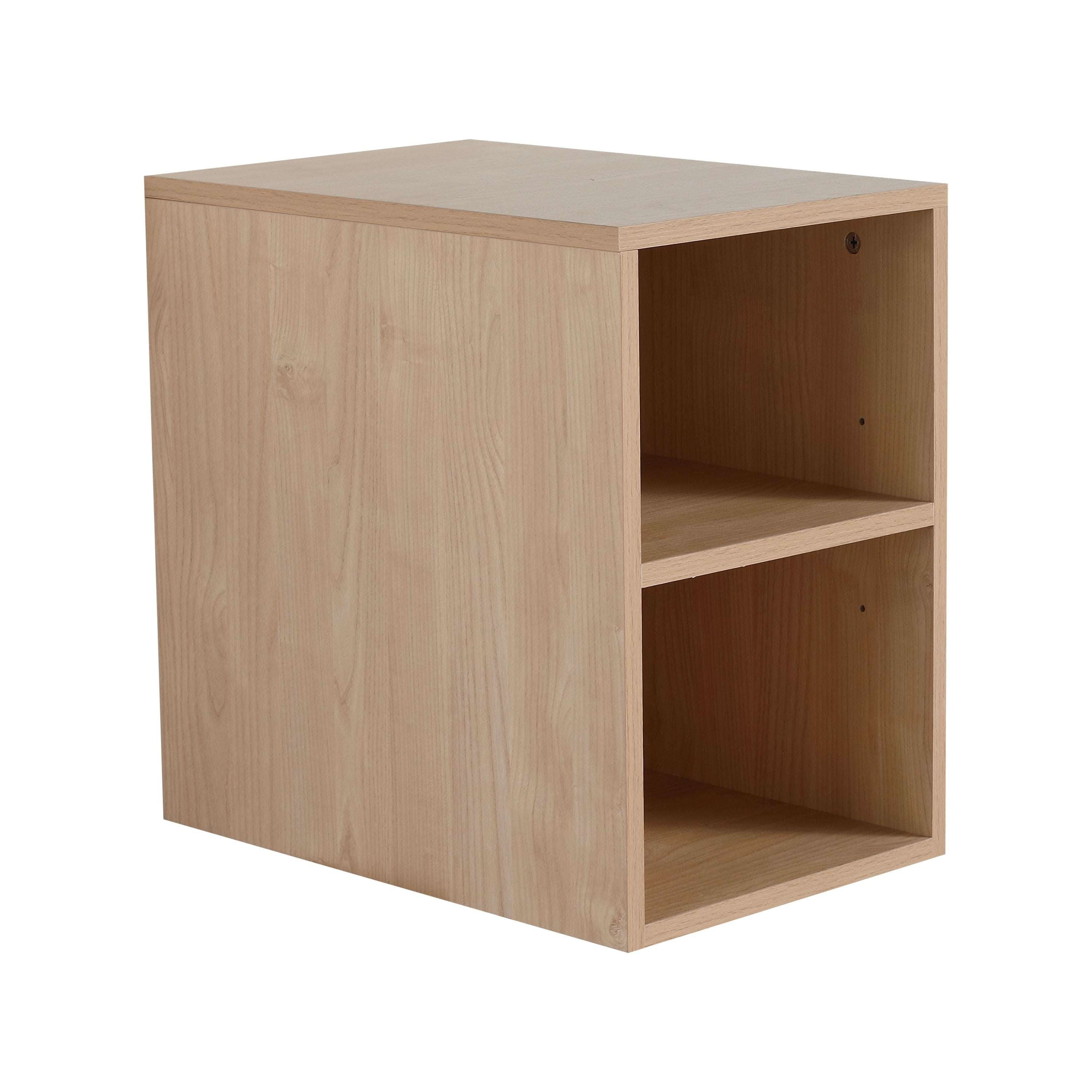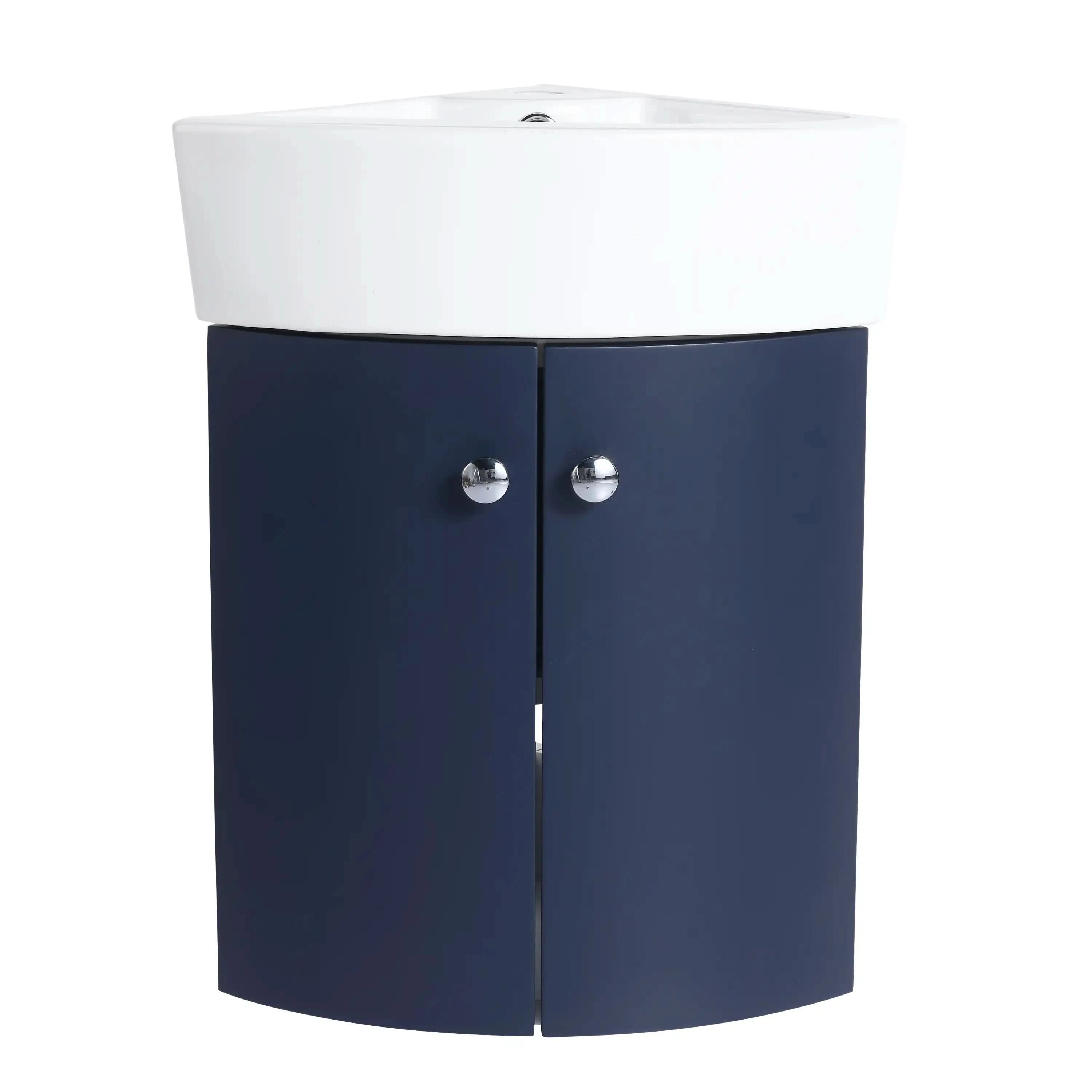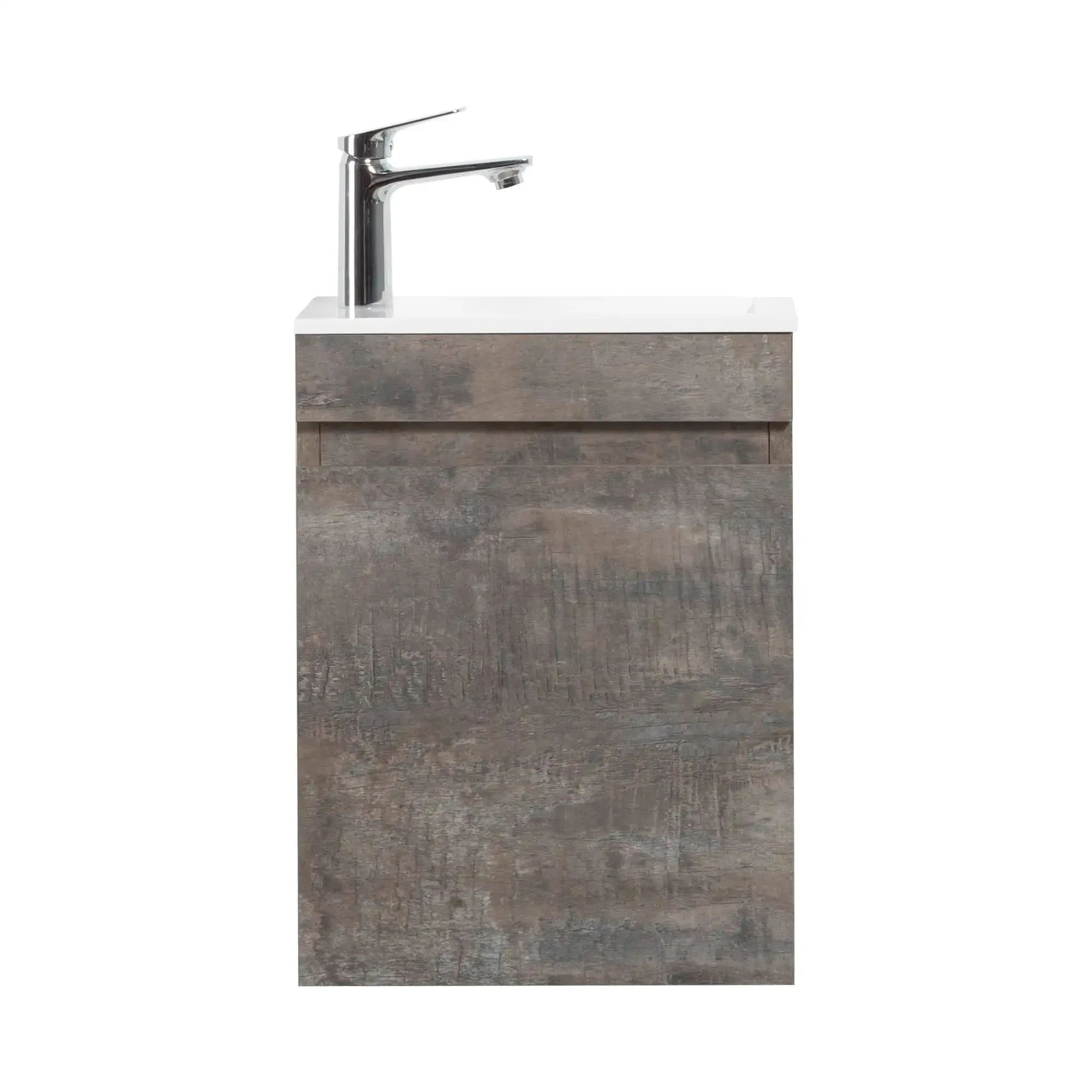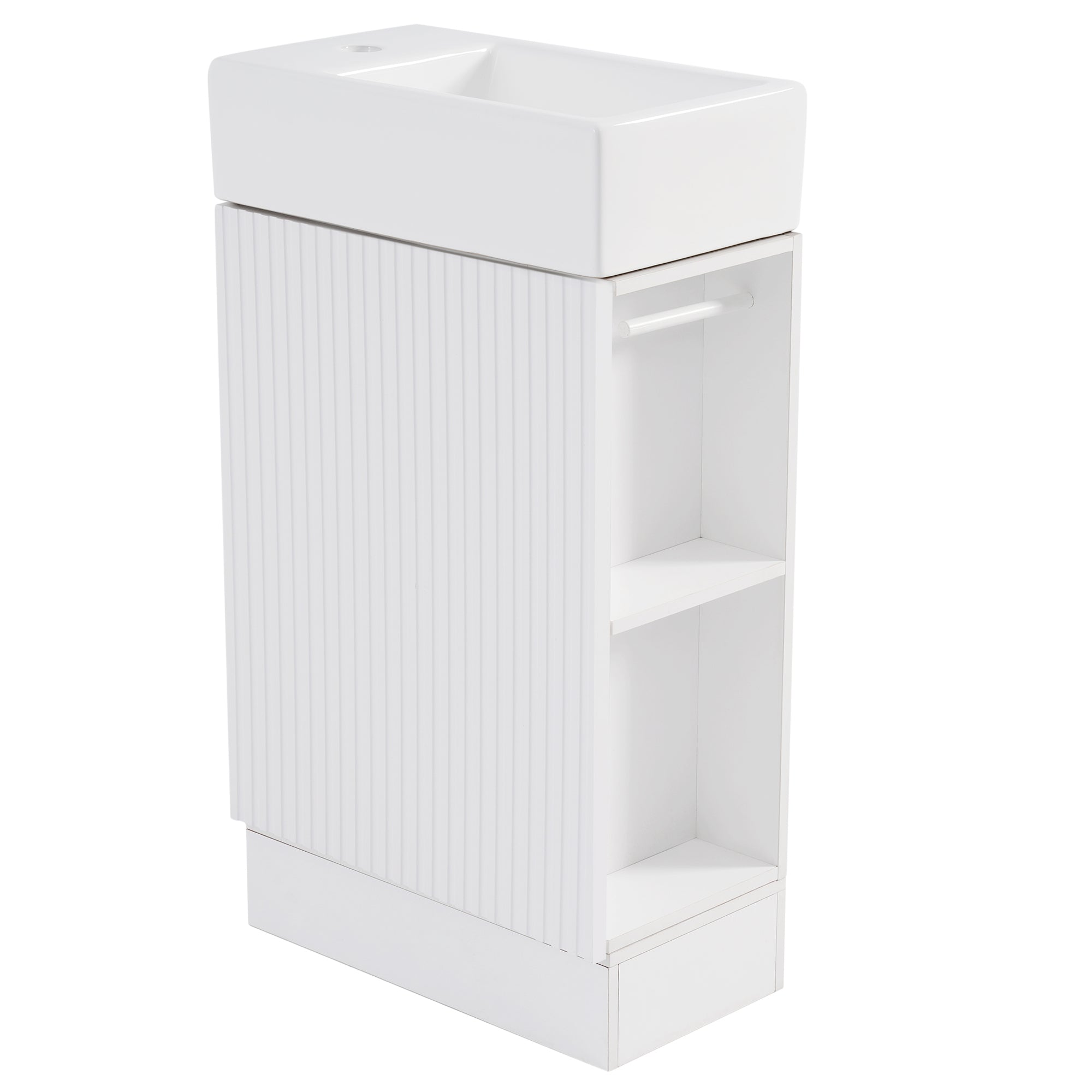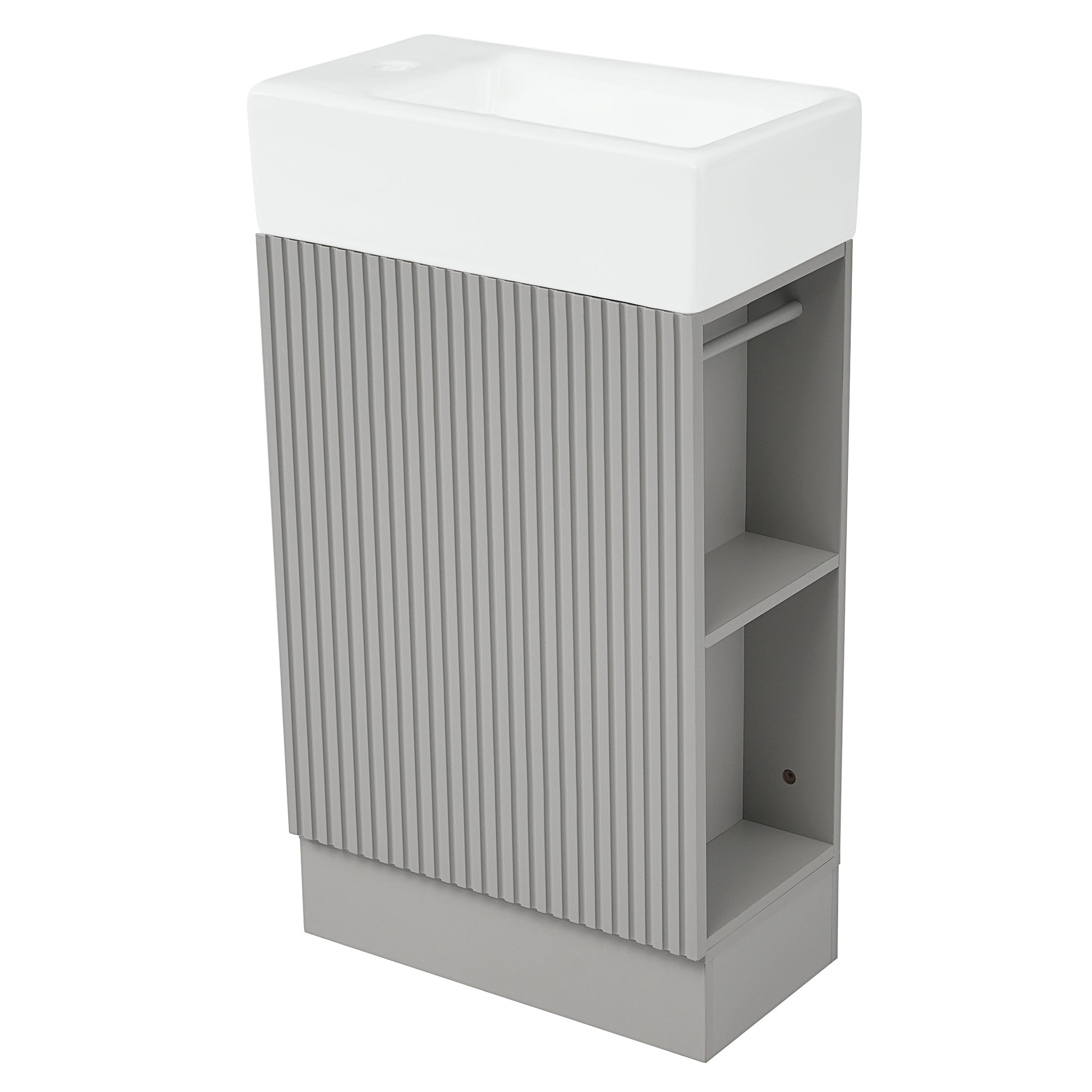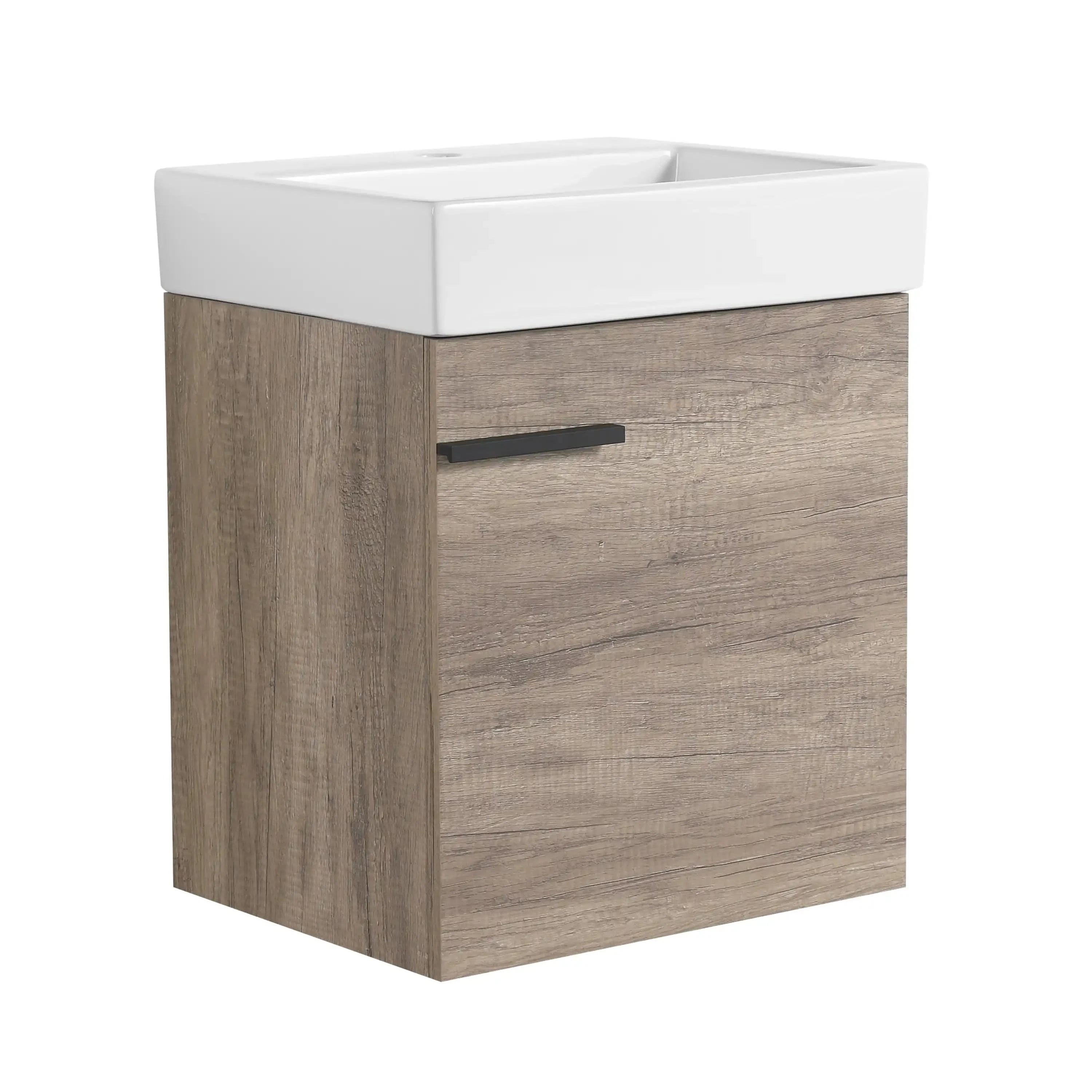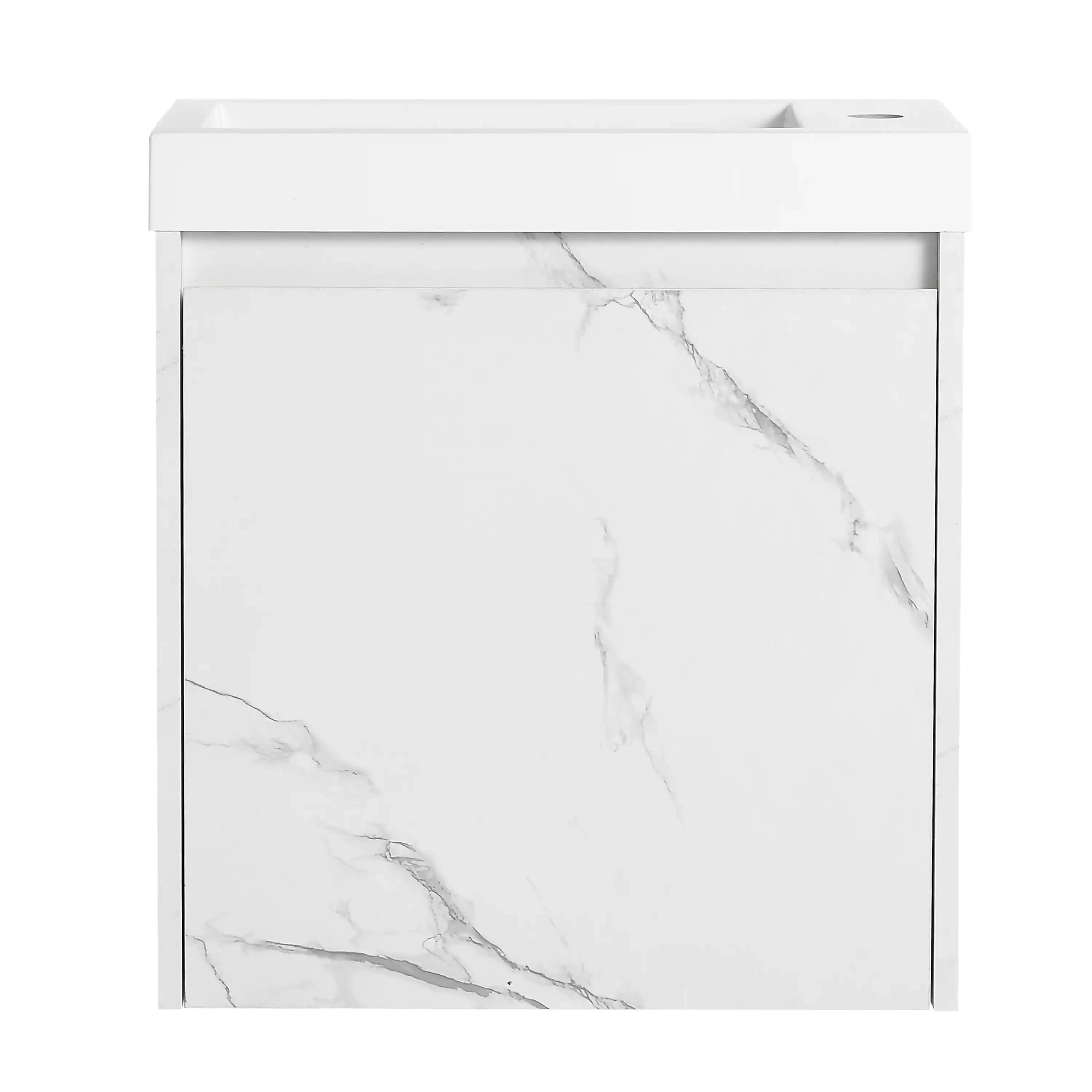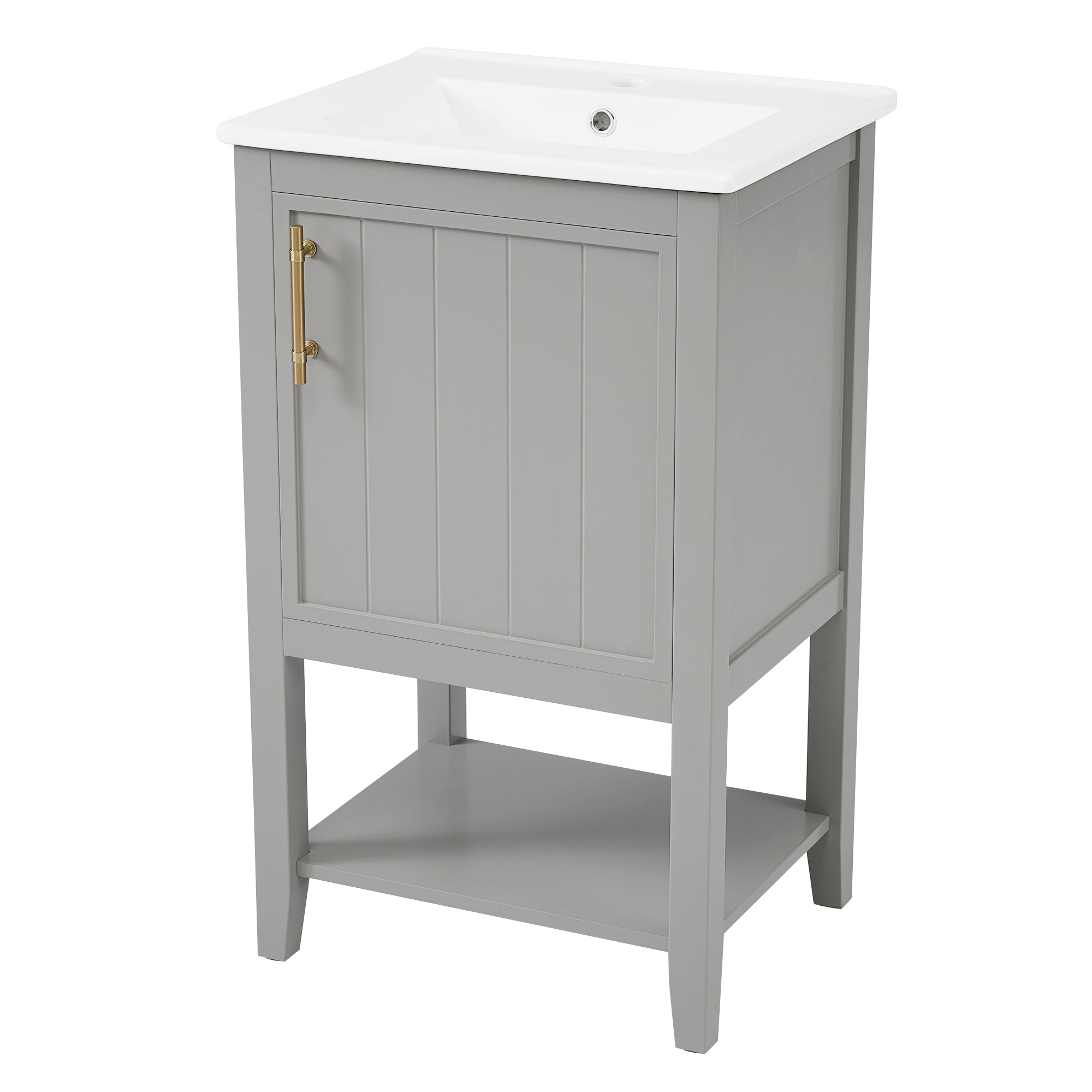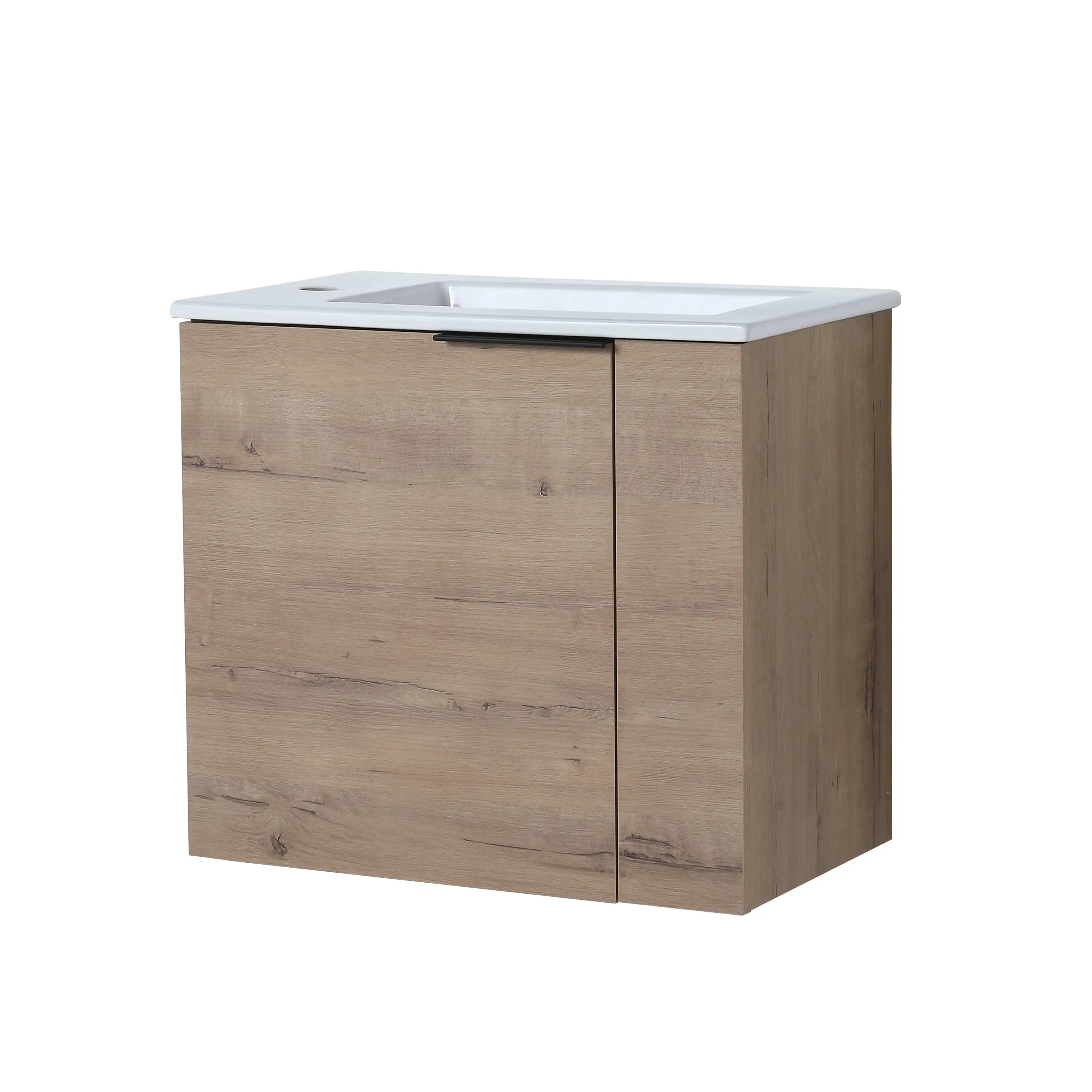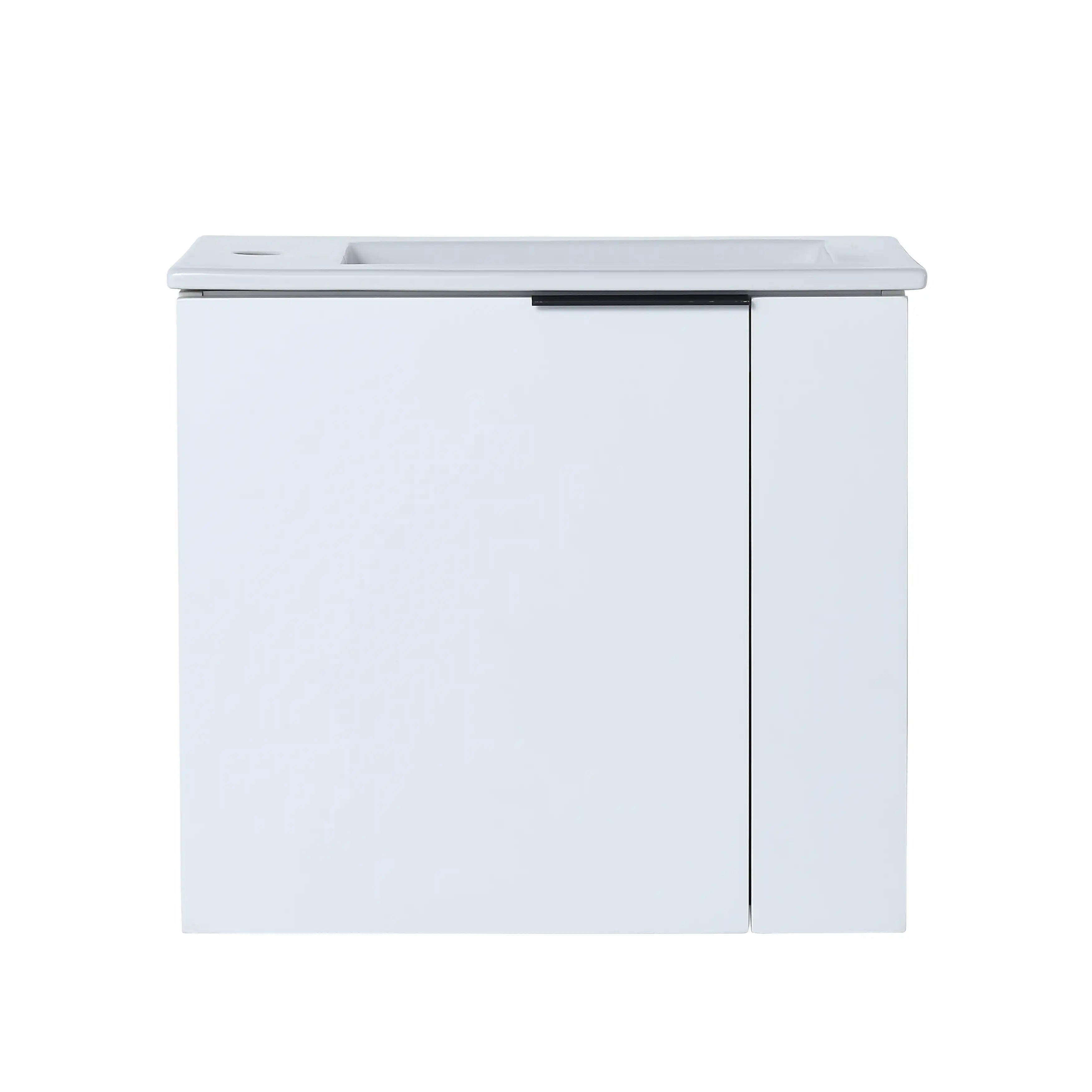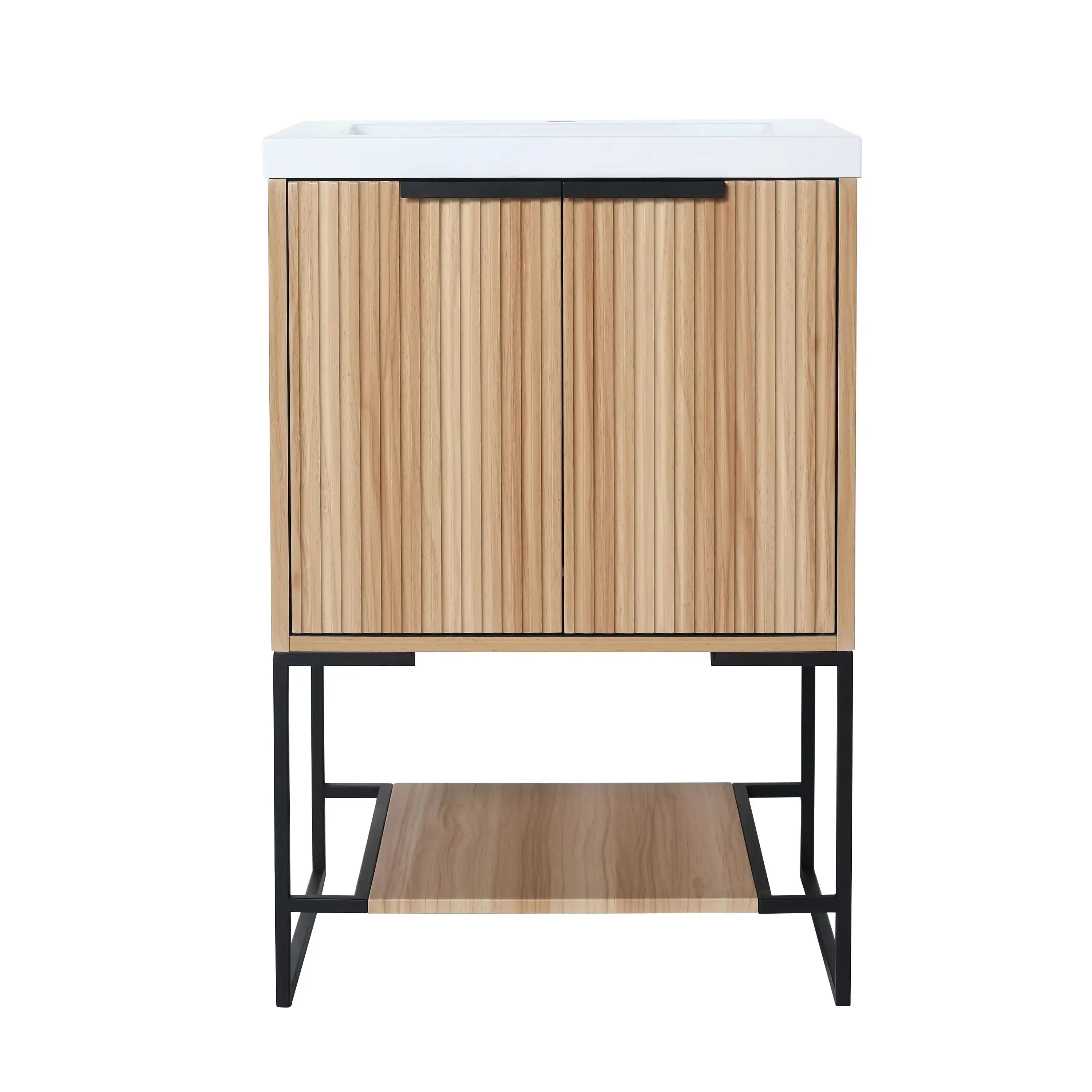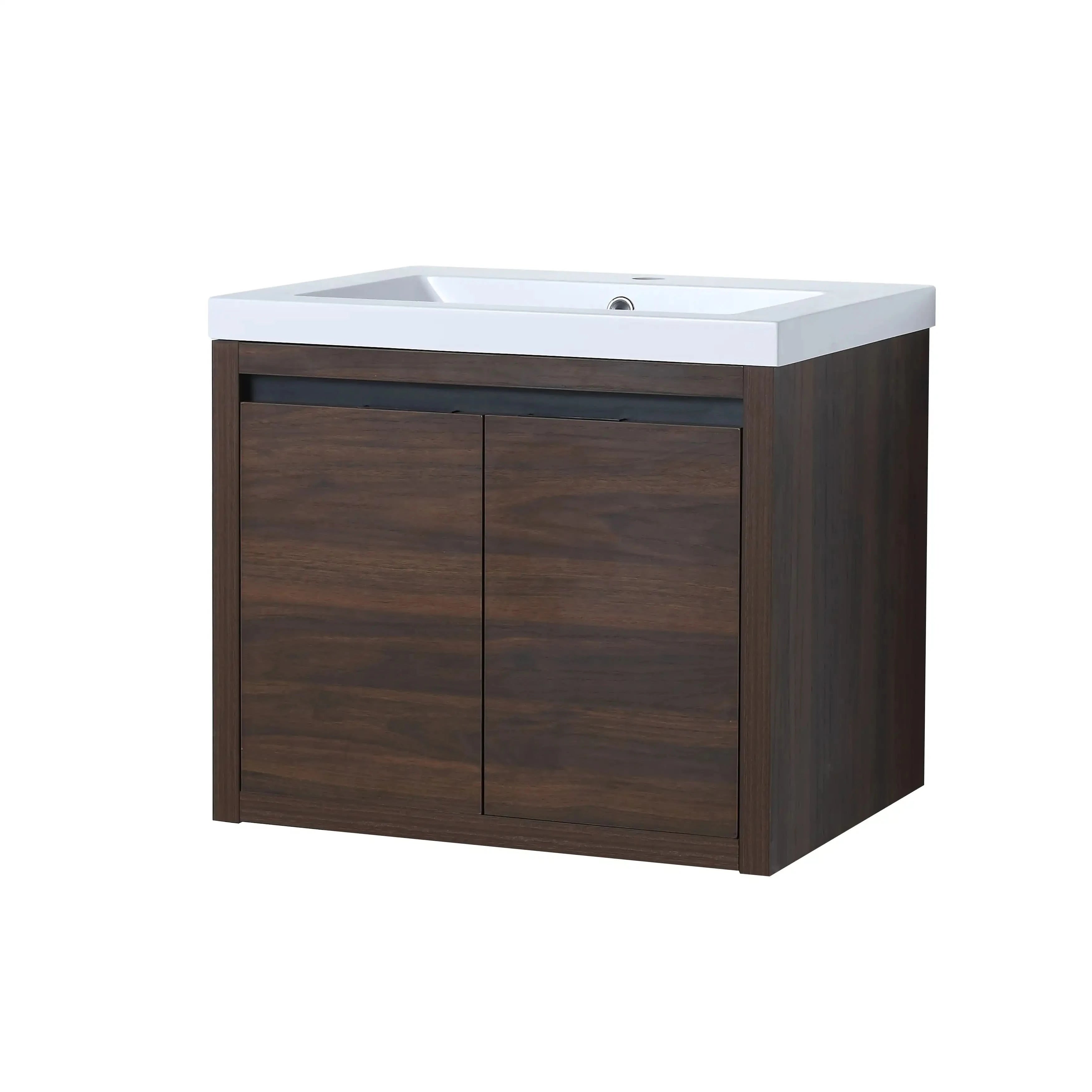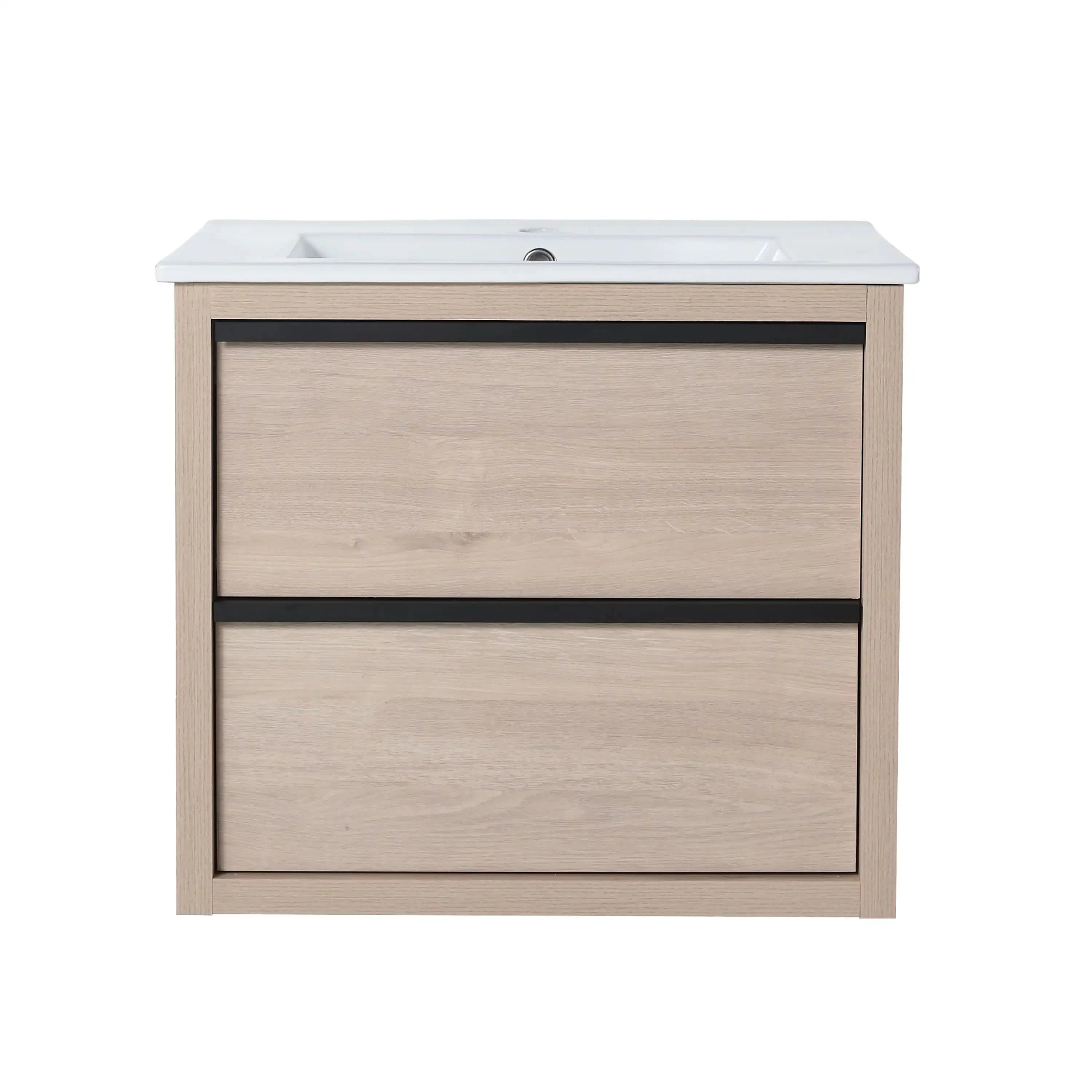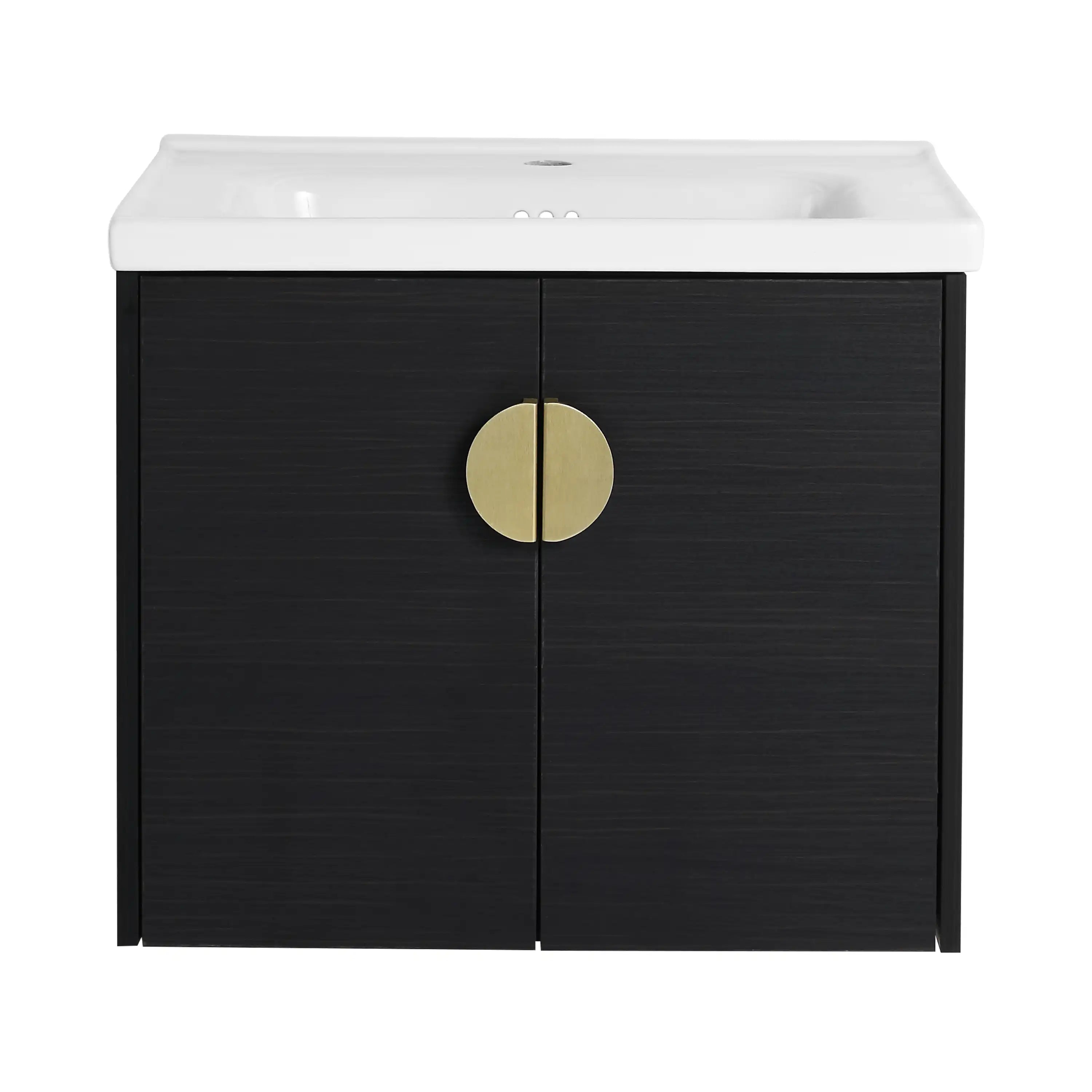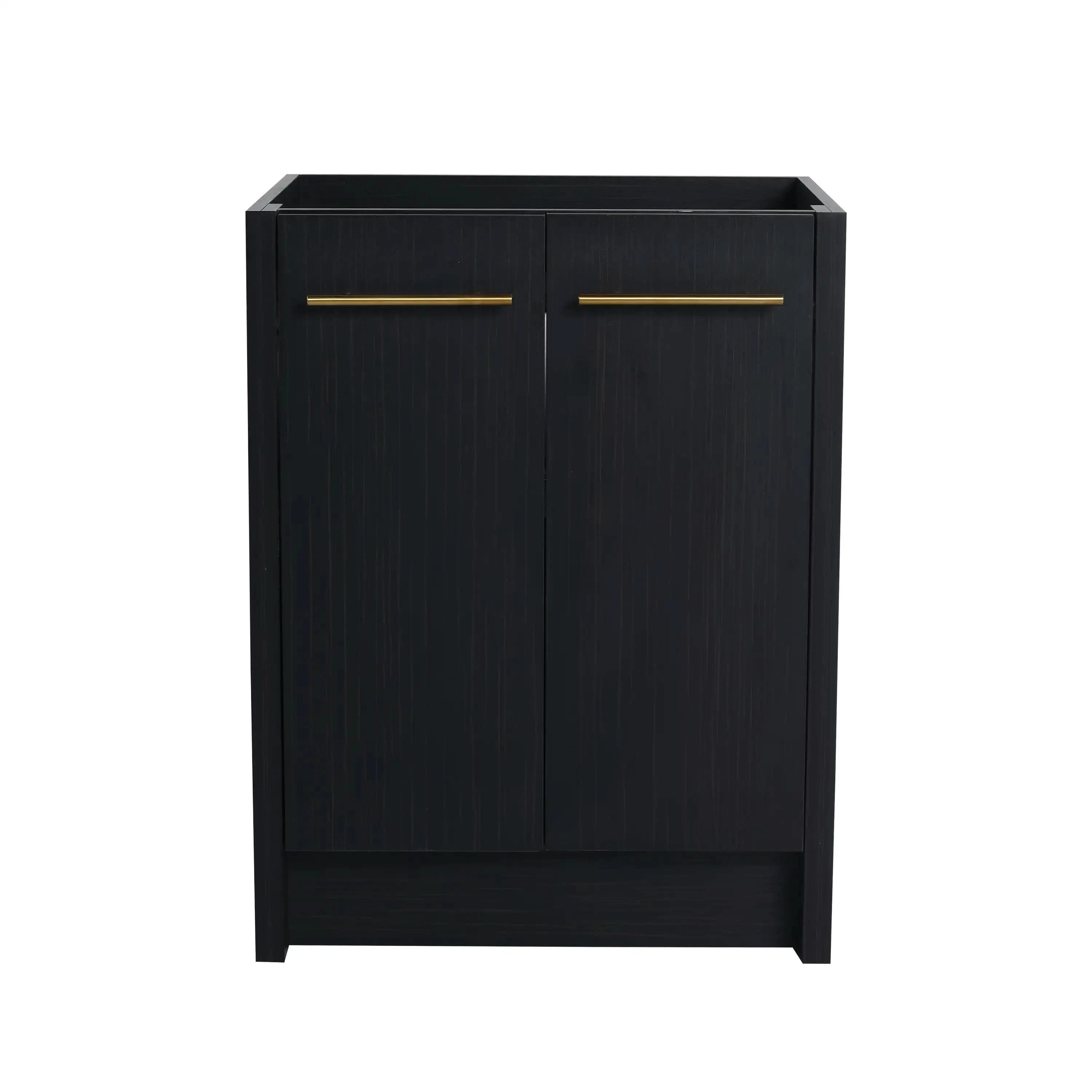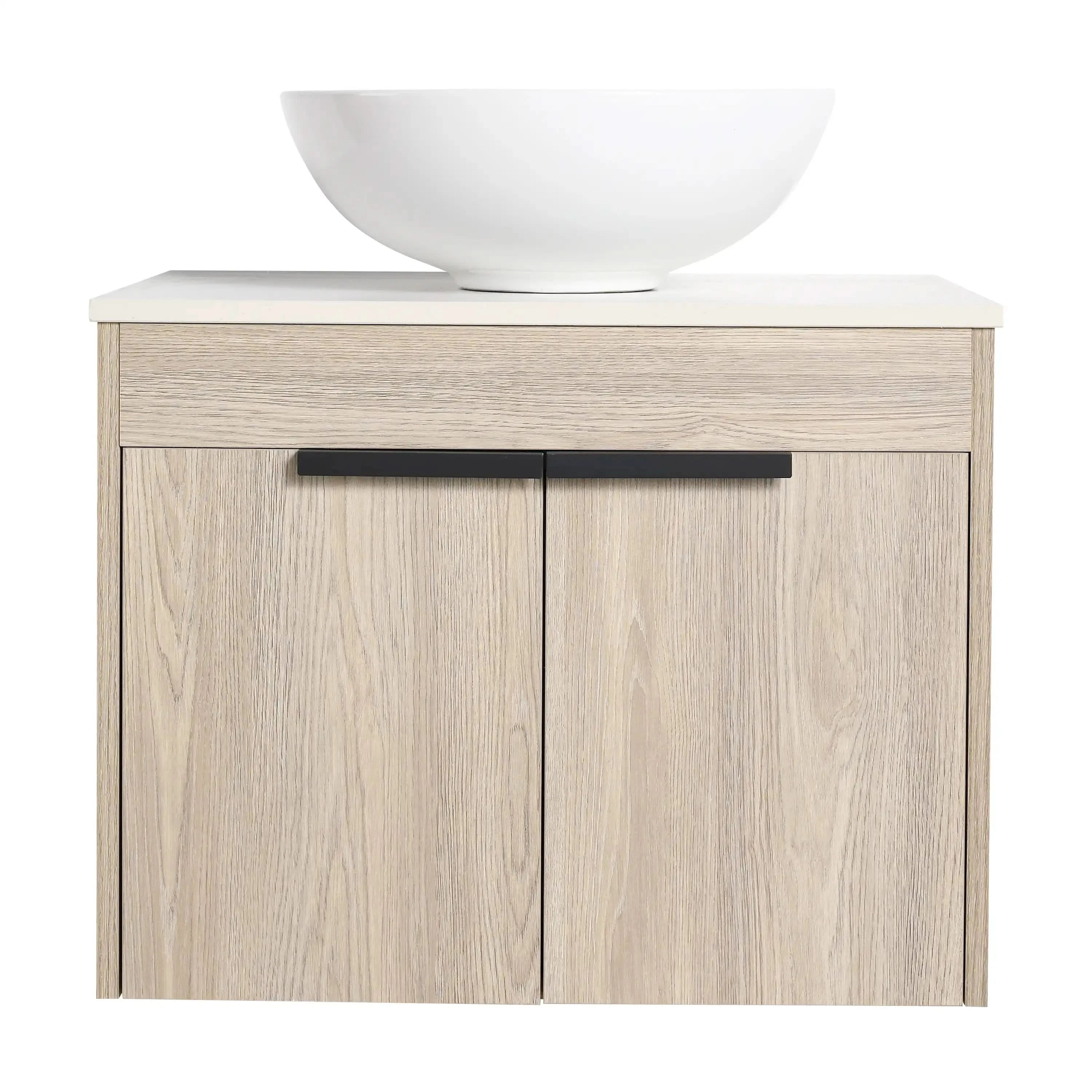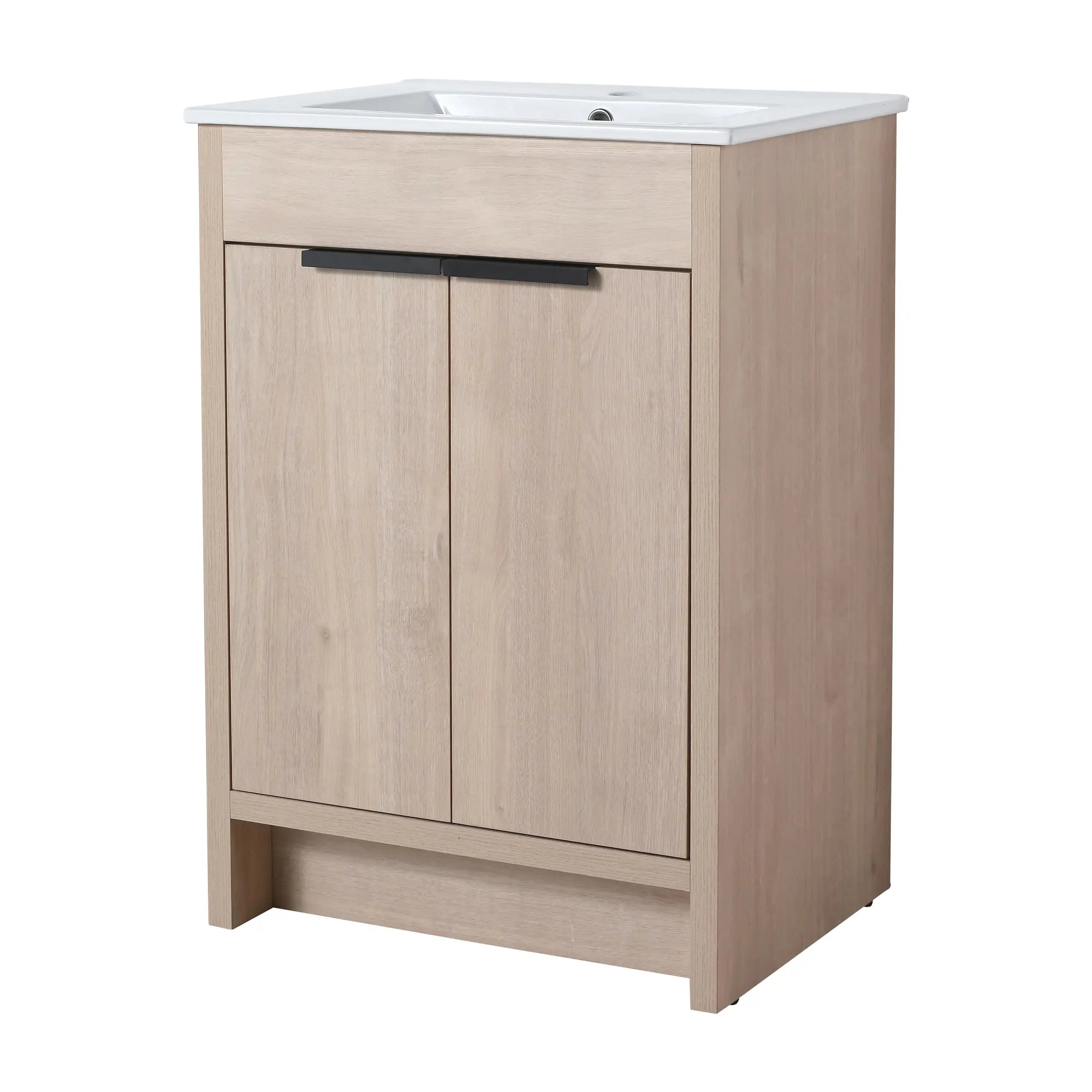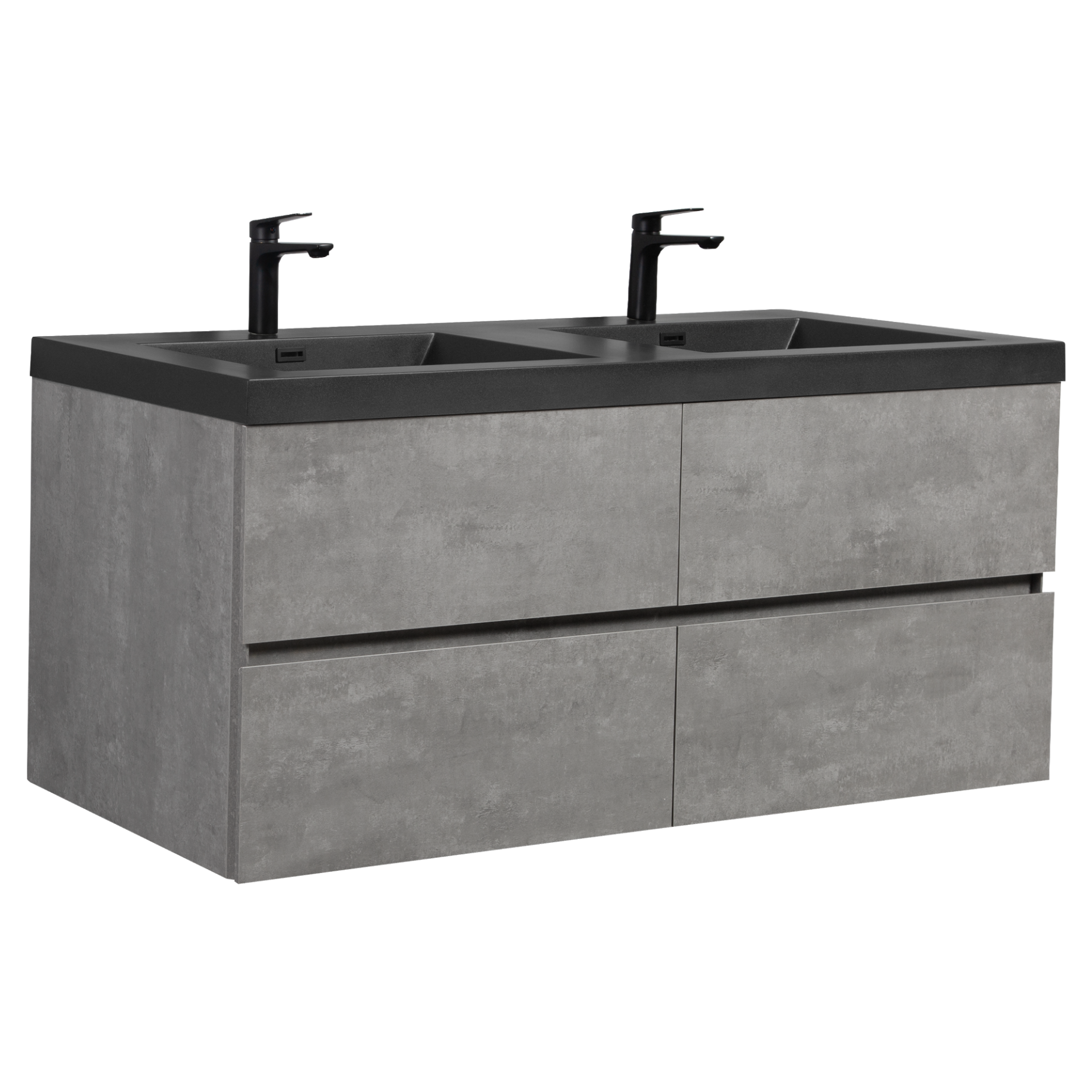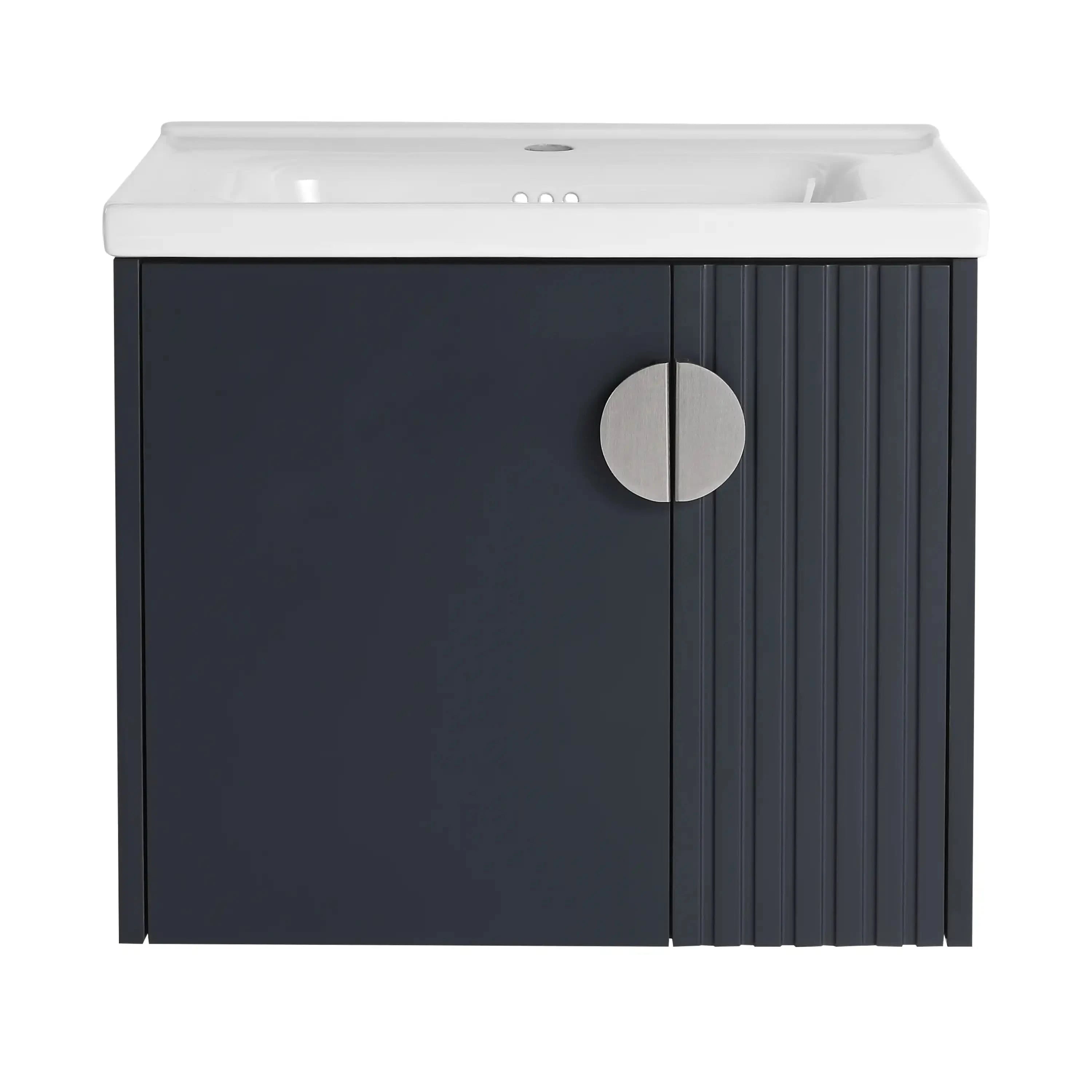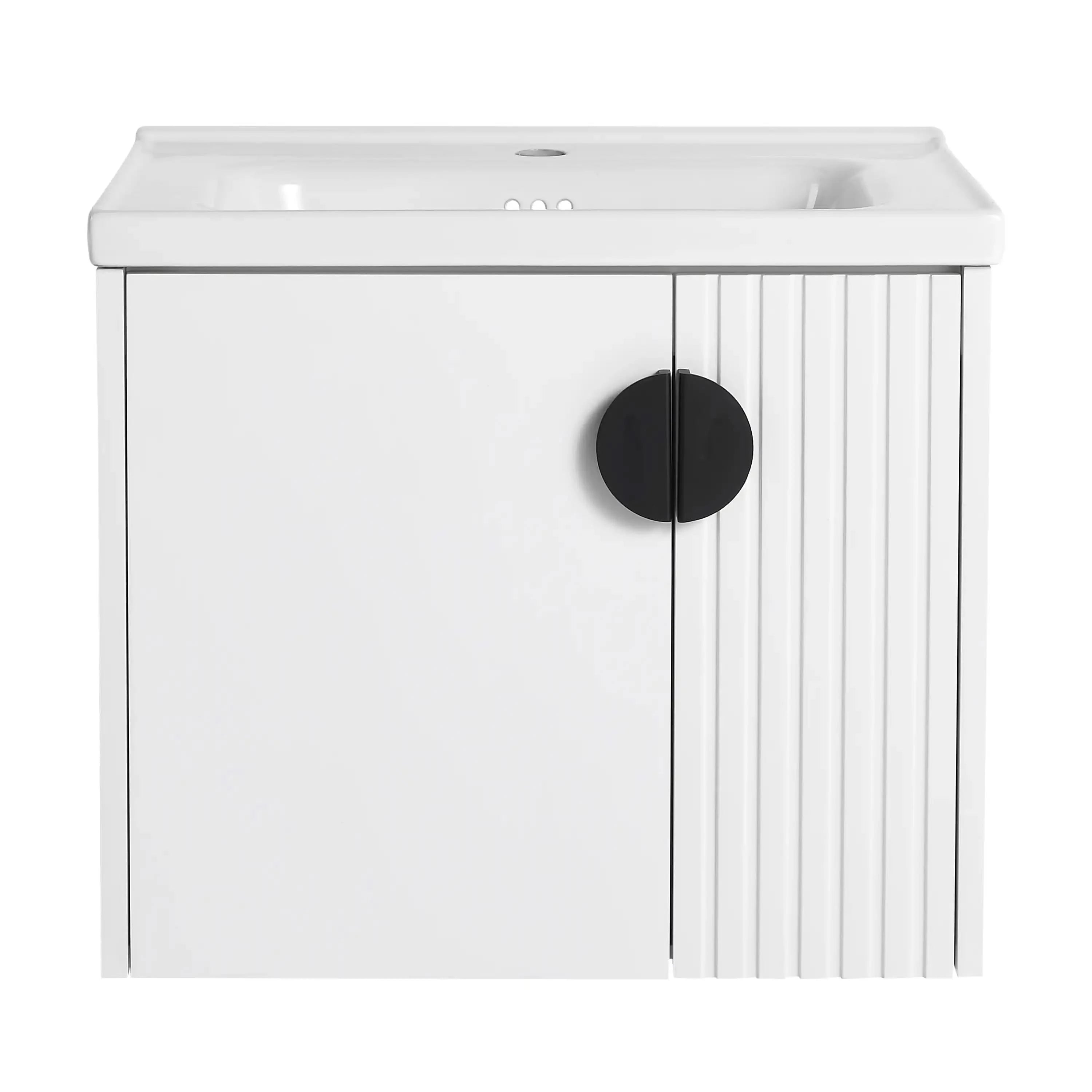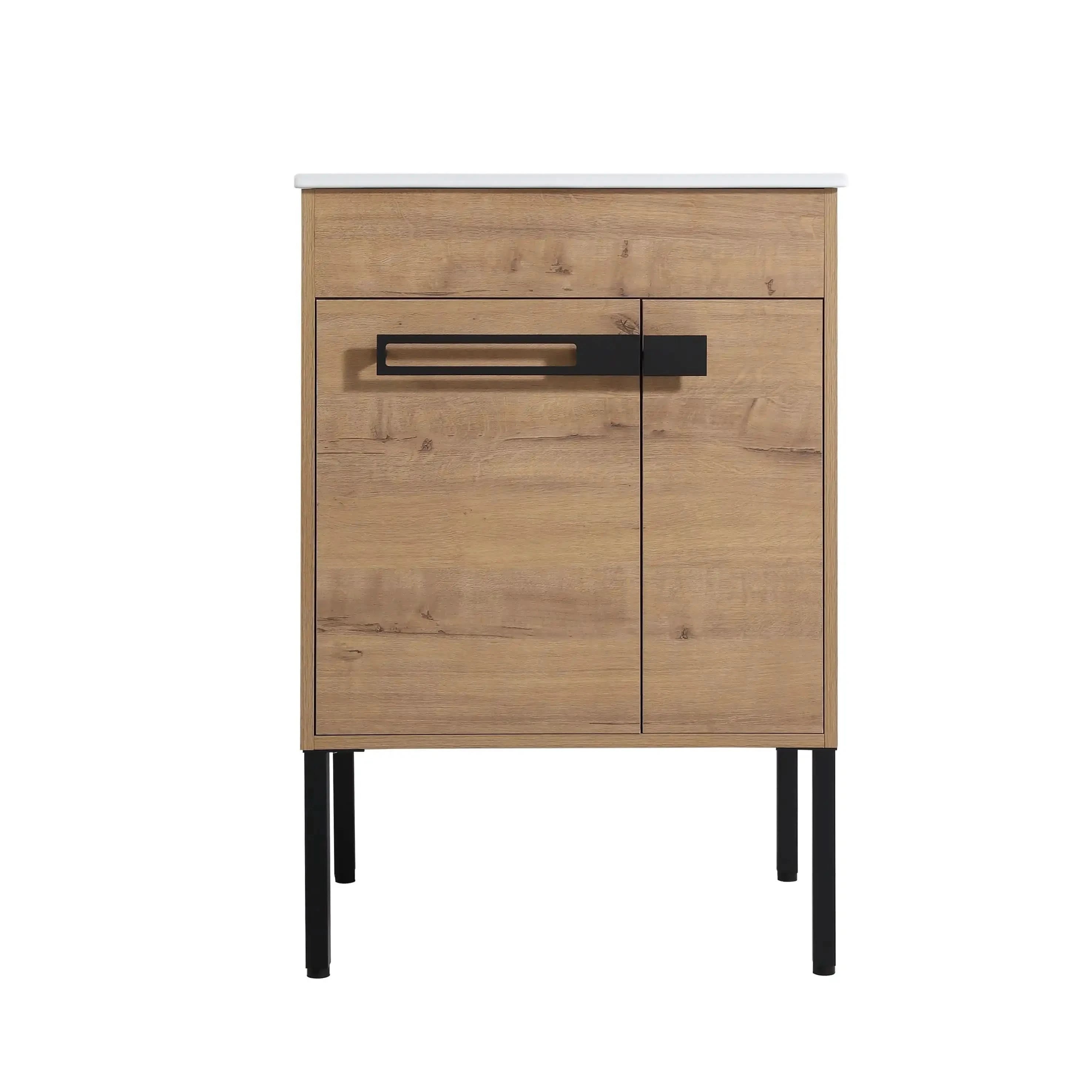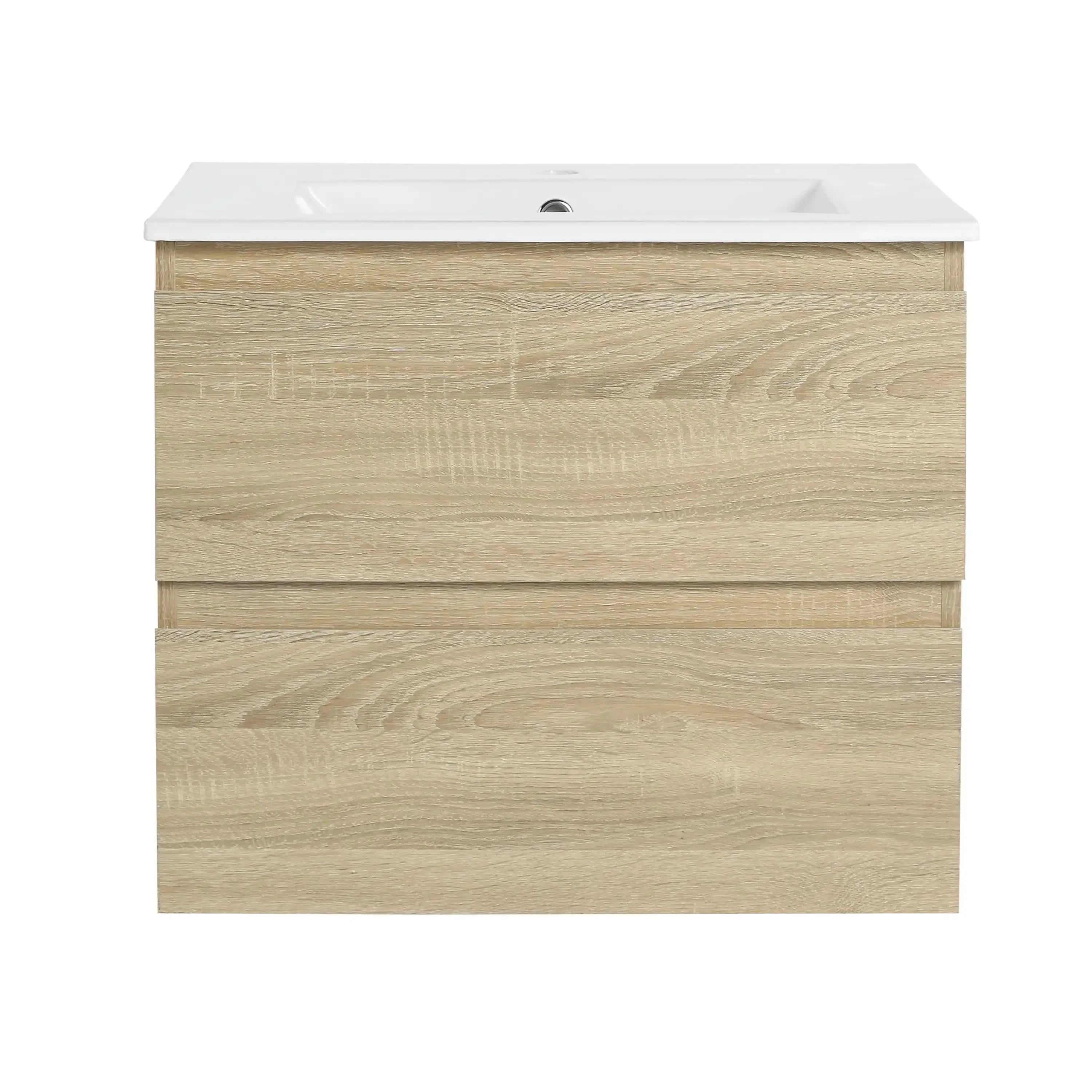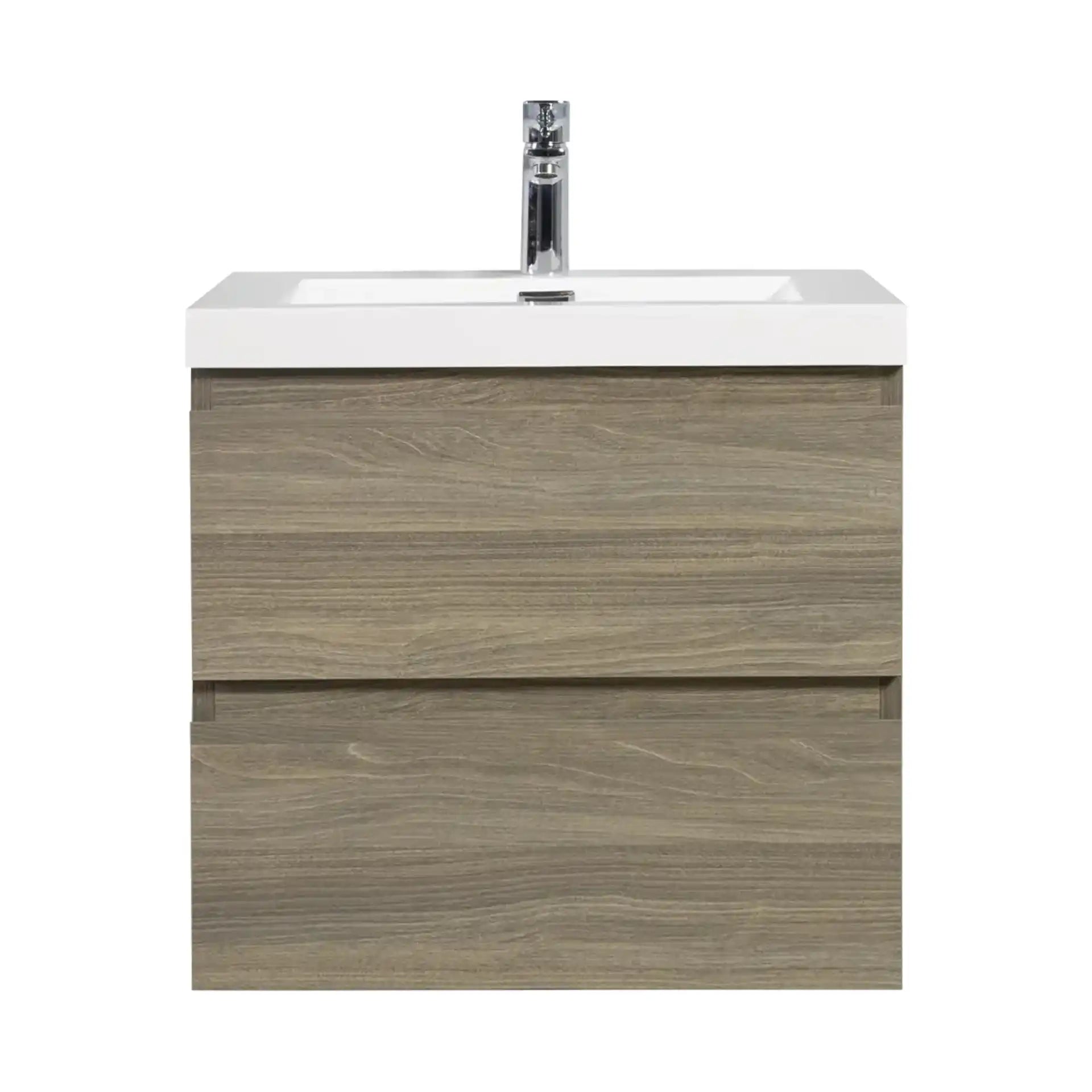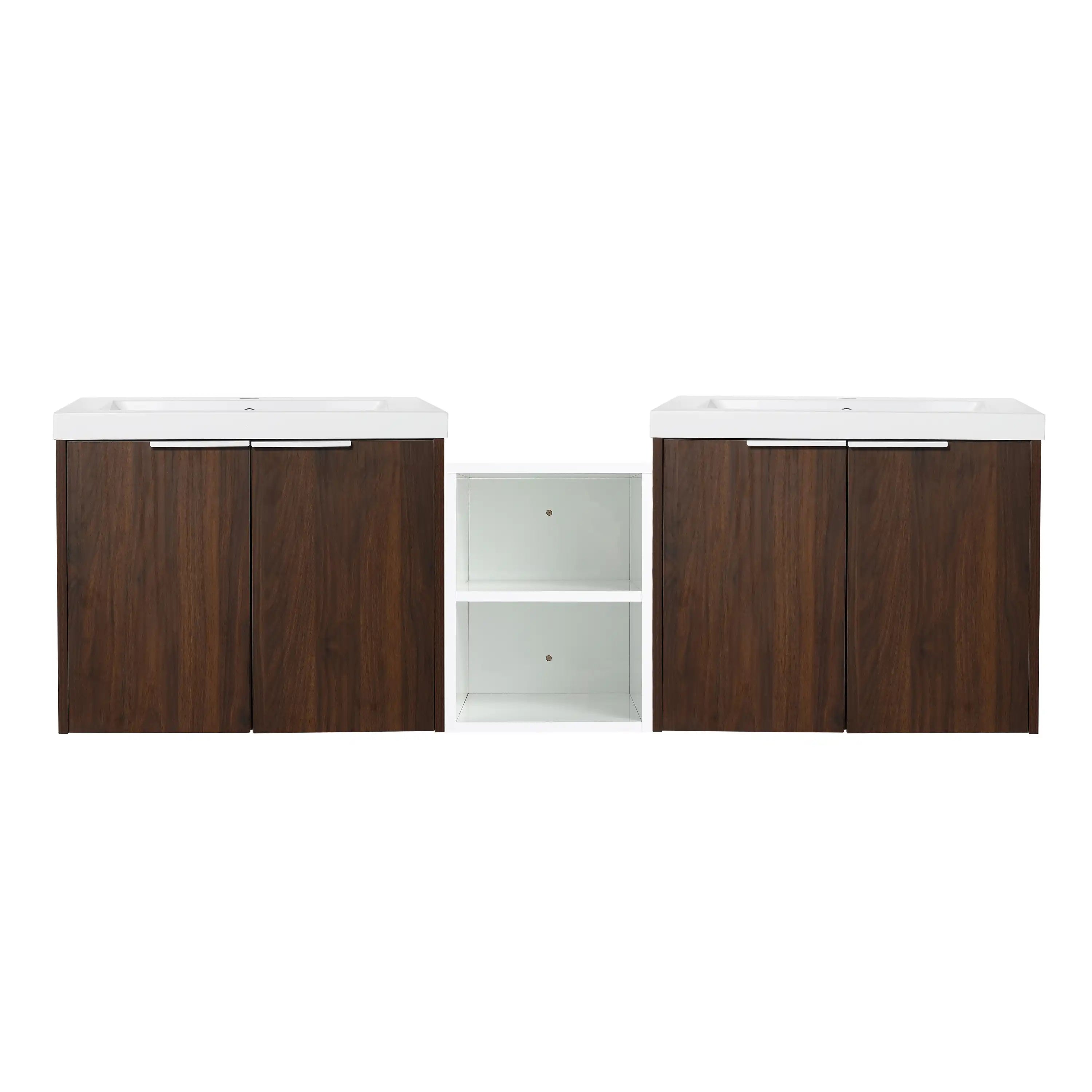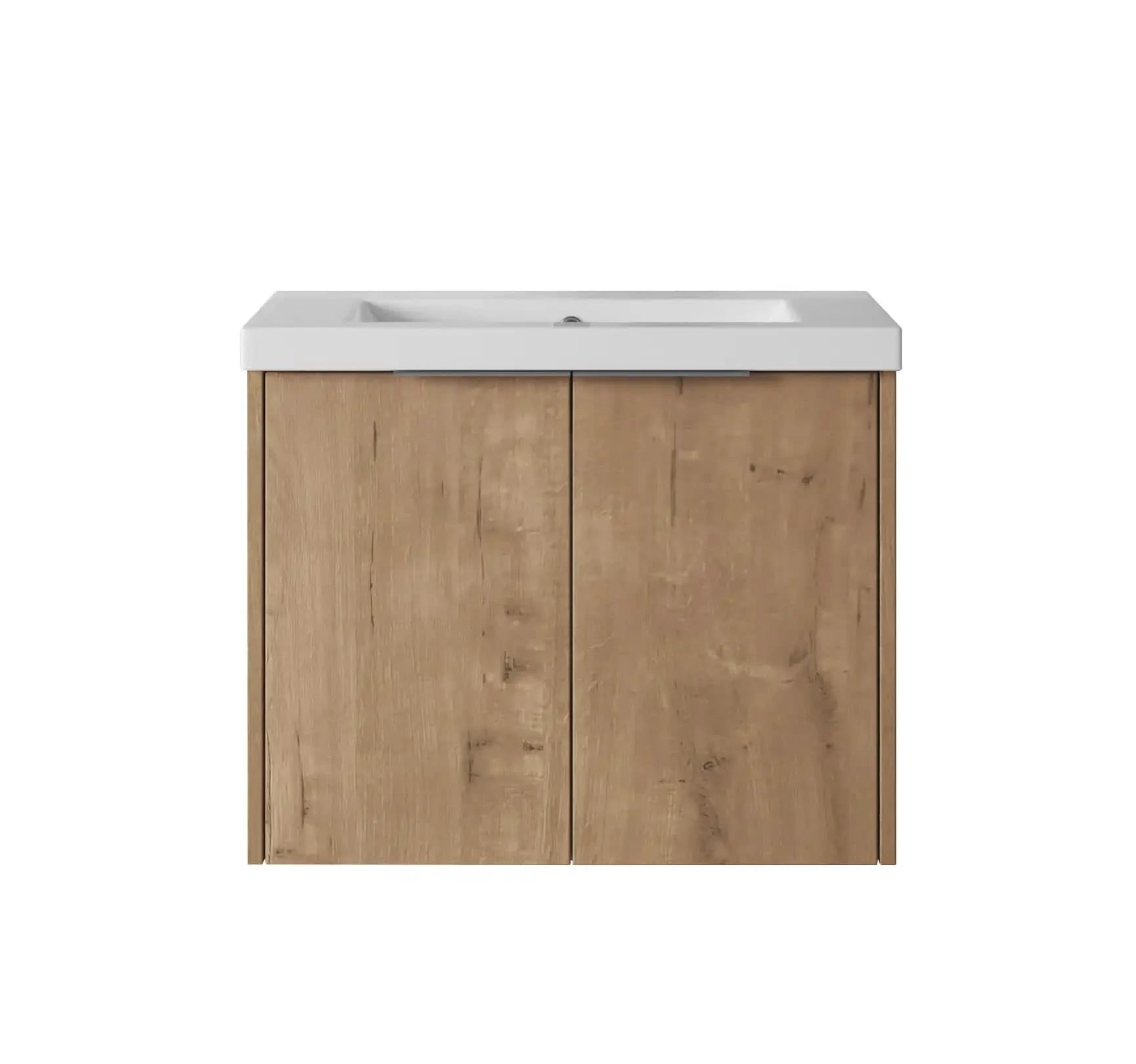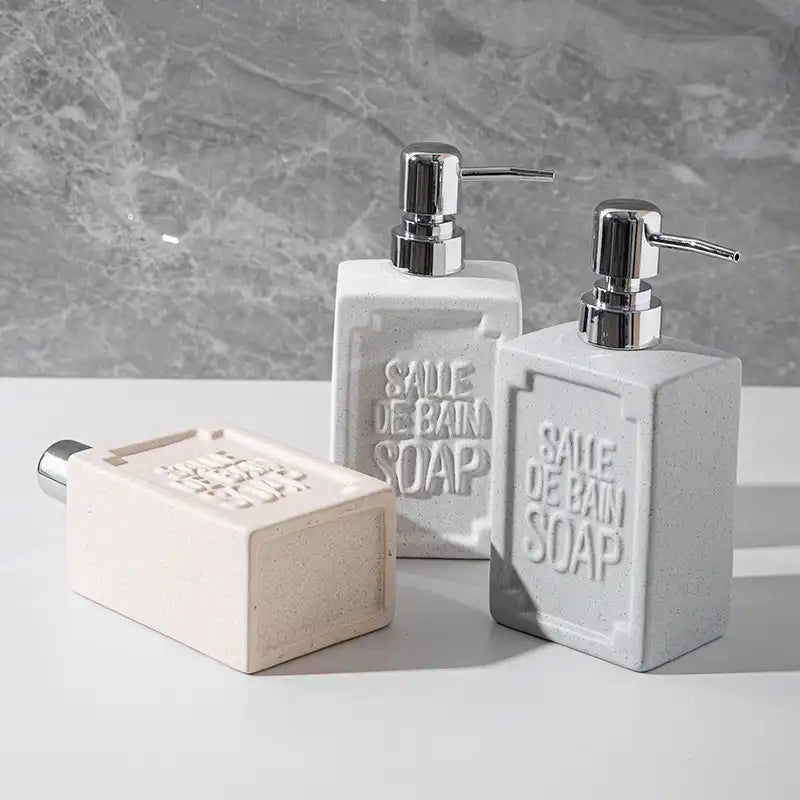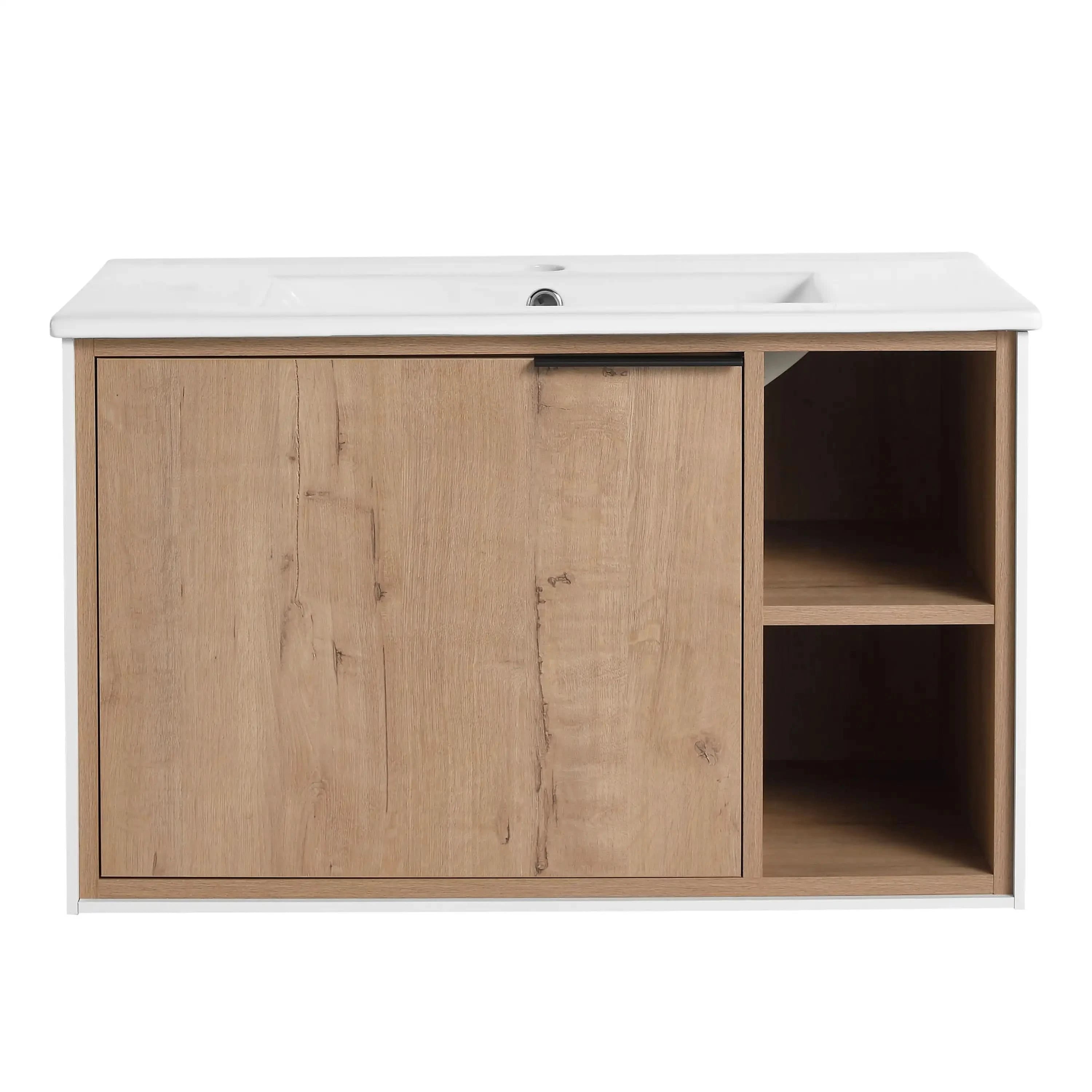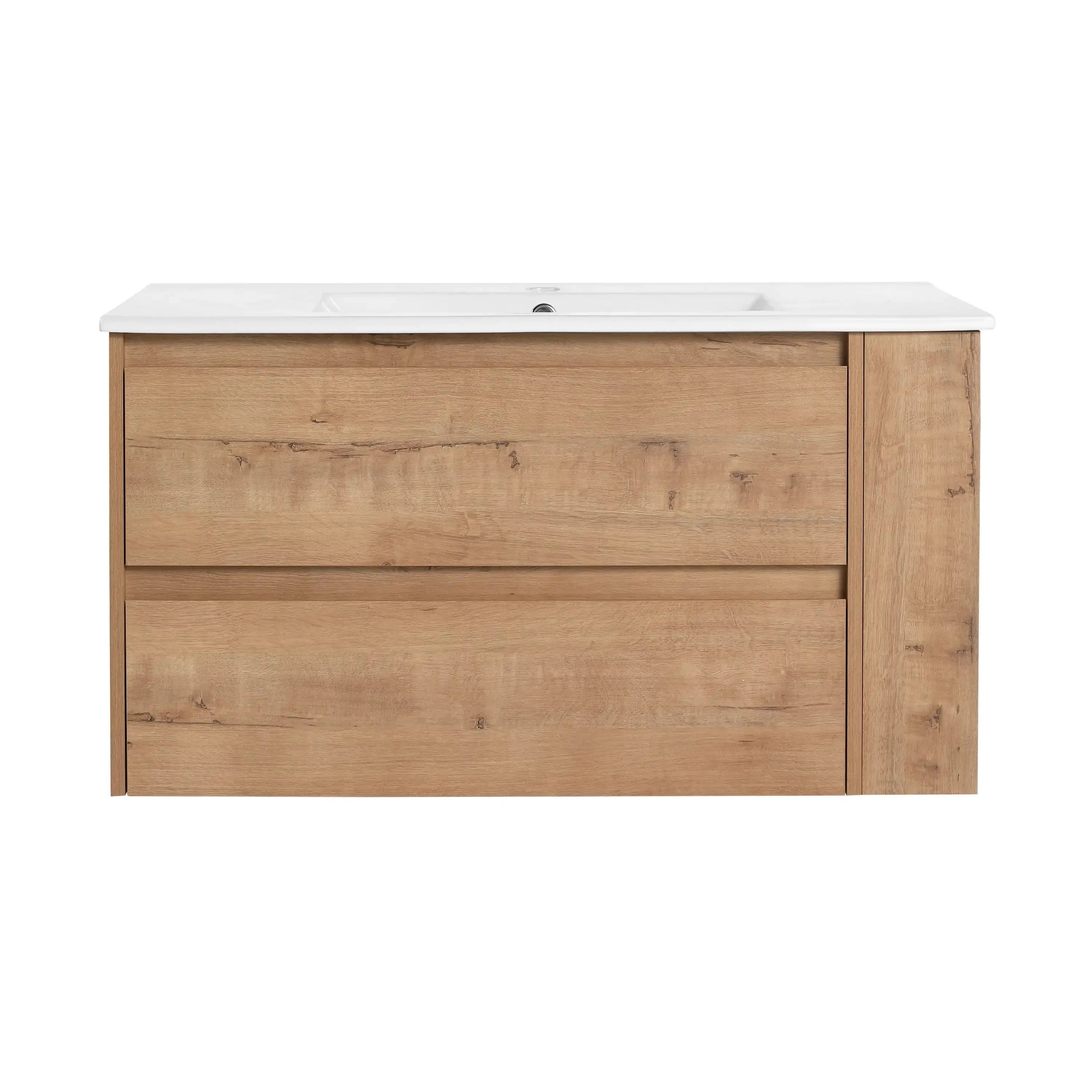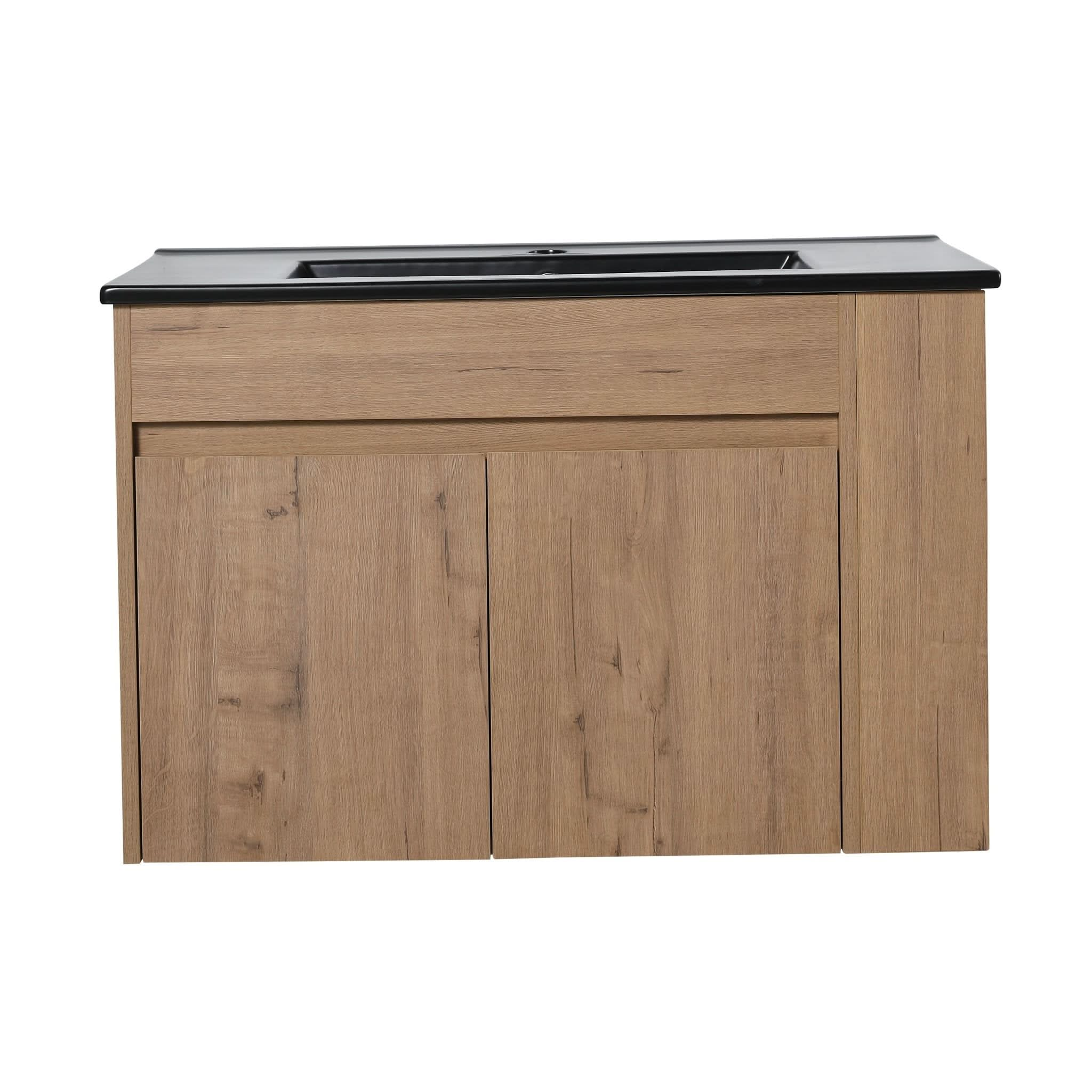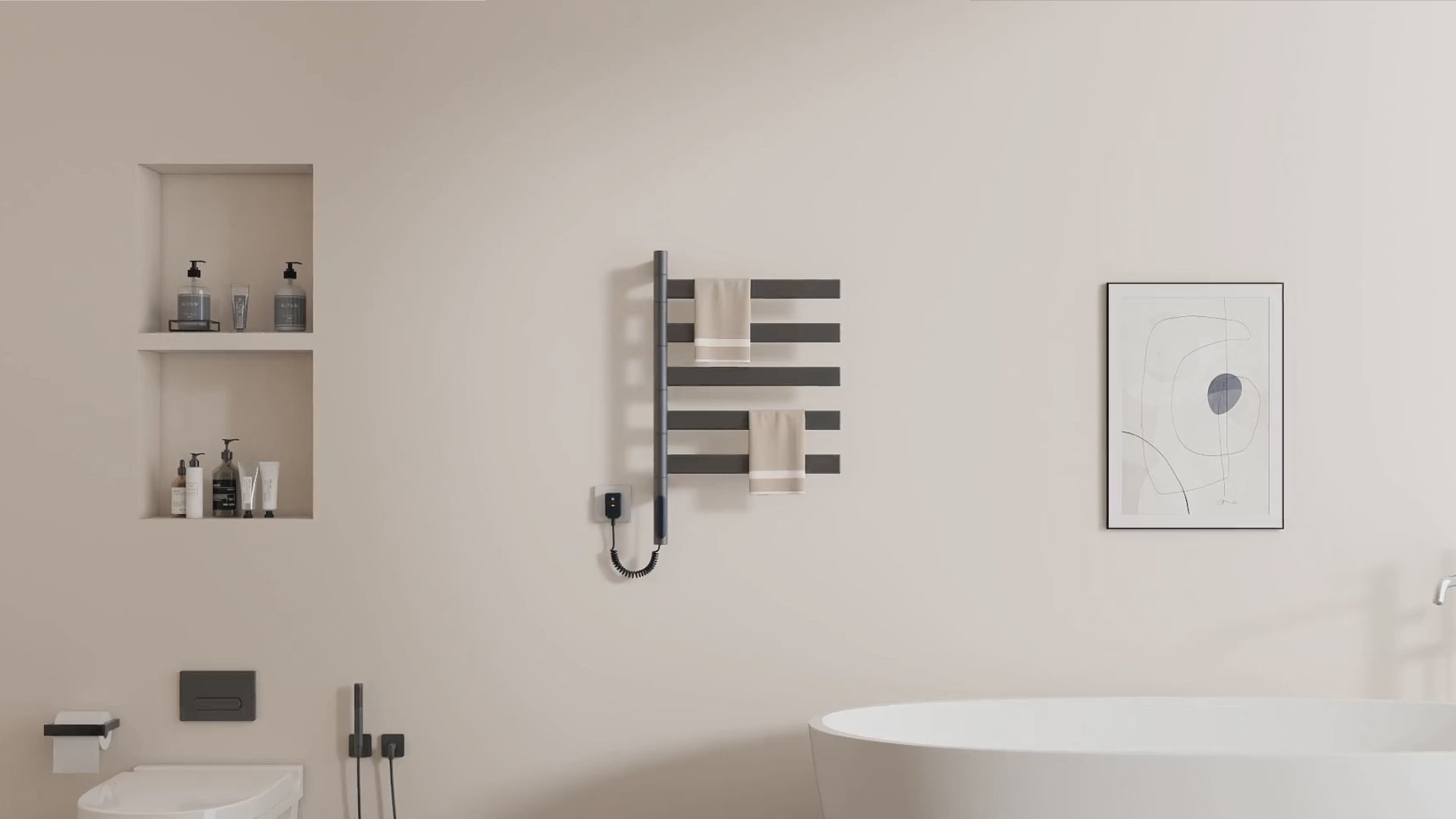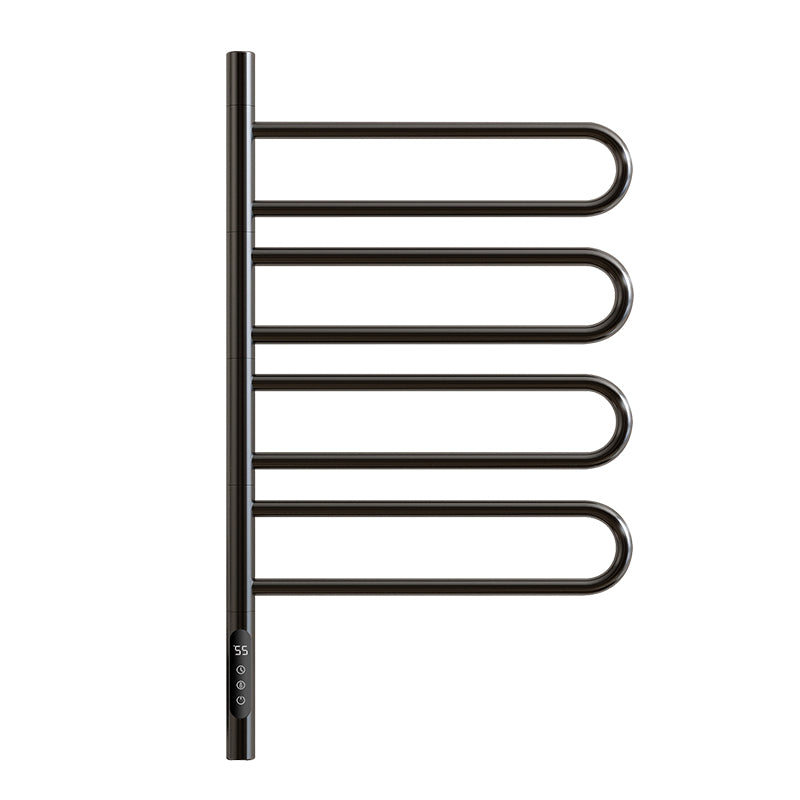The idea of stepping out of a shower and grabbing a warm, dry towel sounds like a luxury. But heated towel drying racks offer more than just indulgence—they provide practical benefits for keeping towels dry, fresh, and hygienic. While comfort is a major appeal, many homeowners are increasingly concerned with energy efficiency, especially as utility costs rise and the focus on sustainability grows. How energy-efficient are heated towel racks, and how do you choose the right model that balances warmth with low energy use? In this article, we’ll break down everything you need to know about heated towel racks, their energy consumption, and how to make the most eco-friendly choice for your bathroom.
How Heated Towel Drying Racks Work
Understanding how heated towel racks work will give you a better idea of their energy use. These devices use electrical elements to generate gentle heat, which is transferred through bars or panels to warm and dry towels. The heat is typically low and consistent, enough to dry a towel without consuming a huge amount of energy.
Basic Functionality
The operation of a heated towel rack is quite simple, and the technology behind it is both reliable and efficient. Heated towel racks use metal bars—usually stainless steel or aluminum—that are heated via an internal element. These bars conduct warmth evenly across their surface, which helps towels dry faster than they would on a regular towel rack.
Think of a heated towel rack as a combination of a space heater and a drying rack, but with a lower wattage. Unlike space heaters, which generate intense heat and can drain a lot of energy, heated towel racks are designed to warm the towels and the immediate surrounding area, consuming much less electricity.
If you’ve ever dealt with a damp, musty-smelling towel hanging on a regular towel bar, you know how easily moisture can linger in a bathroom, especially in a poorly ventilated space. A heated towel rack solves this issue by gently evaporating moisture from the towels, keeping them dry and fresh between uses. This not only improves hygiene but also prevents the buildup of mildew and bacteria, which can thrive in damp environments.
Heat Distribution
One of the keys to energy efficiency in heated towel racks is how well they distribute heat. High-quality models ensure even heat across all bars, allowing multiple towels to dry uniformly without leaving cold spots. Uneven heat distribution can mean towels take longer to dry, which might tempt you to leave the rack on for longer periods, increasing energy consumption.
The SY-G63 Rotatable Towel Rack is a great example of a model that distributes heat efficiently. Its rotatable design means that you can position the arms in a way that maximizes airflow around your towels, ensuring quicker drying times without needing to ramp up the heat.
Energy Consumption of Heated Towel Racks
Many homeowners worry that adding another electrical appliance to their home will significantly increase energy usage. However, heated towel racks are designed to be energy-efficient compared to other heating devices. Most models use low wattage, similar to a traditional light bulb, meaning they consume much less power than space heaters or even underfloor heating systems.
Comparing Wattages
Heated towel racks typically operate between 60 watts and 150 watts, depending on the model and size. To put this in perspective, a standard lightbulb uses around 60 watts, while a space heater can consume anywhere from 750 to 1500 watts. This means that even if you run your towel rack for several hours a day, the energy cost is minimal.
Let’s break it down with a real-world example:
- A 100-watt heated towel rack, left on for 5 hours a day, would consume 0.5 kilowatt-hours (kWh) of electricity.
- At an average electricity rate of $0.12 per kWh, that adds up to just $0.06 per day, or around $1.80 per month.
This is a small price to pay for the comfort of a warm towel and the added benefit of reduced towel laundering (since dry towels don’t develop odors as quickly). Compared to other bathroom heating solutions, heated towel racks are remarkably efficient.
Real-World Example
If you live in a climate where winters are harsh, the daily use of a heated towel rack can feel like a necessity rather than a luxury. Let’s say you use your towel rack every day during the colder months, keeping it on for around 6 hours a day. Over the course of a 30-day month, a 100-watt model would consume roughly 18 kWh of electricity, costing you less than $2.50 per month—barely noticeable on most utility bills.
For comparison, running a space heater for the same amount of time would consume 10 times as much electricity, leading to a significant spike in your monthly energy costs.
Energy-Saving Features to Look For
While heated towel racks are already energy-efficient, you can further reduce energy consumption by choosing models with energy-saving features. These features not only help cut down on electricity use but also provide more convenience and control over your towel-warming experience.
Timers and Programmable Settings
One of the easiest ways to save energy with a heated towel rack is to choose a model with a built-in timer or programmable settings. Timers allow you to set the rack to run for a specific period, ensuring it’s only on when you need it and automatically turns off when the job is done. This eliminates the risk of leaving the rack on all day, which can lead to unnecessary energy use.
For instance, if you shower every morning at 7 AM, you can set the towel rack to turn on 30 minutes before you wake up and turn off an hour later once the towels have dried. With a programmable setting, you don’t have to remember to manually turn the rack on or off, saving both energy and effort.
Smart Controls
Smart controls are becoming increasingly popular in modern heated towel racks, offering a new level of convenience and energy savings. Models like the SY-G65 Smart Control Towel Rack allow you to control the rack remotely via a smartphone app. You can adjust the temperature, set timers, or even turn the rack on or off while you’re away from home.
With smart controls, you can ensure your towels are always warm when you need them, without running the rack unnecessarily. For example, if you’re running late for work but still want to come home to a warm towel after an evening shower, you can remotely activate the towel rack an hour before you return. This level of control not only adds convenience but also helps you avoid wasting energy when the rack isn’t in use.
Comparing Heated Towel Racks to Other Bathroom Heaters
When it comes to keeping your bathroom warm and cozy, there are several options available, but not all are created equal in terms of energy efficiency. Heated towel racks offer a more targeted and cost-effective solution compared to space heaters or underfloor heating.
More Efficient Than Space Heaters
Space heaters are popular for quickly heating a room, but they are far from energy-efficient. Most space heaters use between 750 and 1500 watts of power, which is a lot more than the average heated towel rack. If your goal is to warm towels and the immediate area around them, a heated towel rack is the better option. It consumes far less electricity and provides a more focused warmth that’s perfect for drying towels and reducing bathroom moisture.
Consider this: if you run a space heater for 2 hours at 1500 watts, you’ll consume 3 kWh of electricity, which could cost around $0.36 per day. Over the course of a month, that’s nearly $11—just for keeping your bathroom warm. On the other hand, a heated towel rack running for the same amount of time would use only a fraction of that energy.
Localized Heating
Another benefit of heated towel racks is that they provide localized heating. This means they focus their warmth on the towels and their immediate surroundings, rather than attempting to heat the entire room. Localized heating is far more energy-efficient than whole-room heating, especially in bathrooms where a large heater might be overkill.
This approach also means that your towels dry faster, preventing the buildup of moisture and mildew. A heated towel rack like the SY-G65 ensures that the energy being used is directly serving its purpose, rather than dissipating into the rest of the room.
Choosing the Most Energy-Efficient Models
Now that you understand how heated towel racks work and how they compare to other heating solutions, let’s talk about choosing the right model for your needs. If energy efficiency is a top priority for you, there are a few key factors to consider.
Low-Wattage Options
Choosing a lower-wattage model doesn’t mean you’ll sacrifice performance. Many energy-efficient heated towel racks are designed to provide effective drying with minimal power consumption. The SY-G63 Rotatable Towel Rack, for example, operates at a lower wattage but still delivers excellent drying performance thanks to its well-distributed heat and adjustable arms.
Low-wattage models are especially ideal for smaller bathrooms or households that don’t require constant towel warming. They strike a balance between functionality and efficiency, ensuring your towels dry quickly without using excessive energy.
Eco-Friendly Certifications
When shopping for an energy-efficient heated towel rack, look for eco-friendly certifications like ENERGY STAR. These certifications indicate that the product meets certain energy-saving standards, giving you peace of mind that you’re making an environmentally responsible choice.
Eco-certified towel racks often feature advanced heating elements that use less power while still providing the same level of warmth and comfort. By choosing an ENERGY STAR-rated product, you’ll reduce your carbon footprint and enjoy lower energy bills.
Conclusion
Heated towel drying racks offer an ideal blend of comfort and energy efficiency, making them a smart addition to any bathroom. Whether you’re focused on minimizing your energy consumption or simply want to enjoy the luxury of a warm towel after every shower, these devices provide a practical and eco-friendly solution.
By selecting a model with energy-saving features like timers, smart controls, and low-wattage operation, you can keep your energy costs low while still benefiting from the convenience of warm, dry towels. For the best options, check out ACE DECOR’s Heated Towel Rack Collection, which includes models designed to balance efficiency, functionality, and style.
FAQ Section
1. How much electricity do heated towel drying racks use?
Heated towel drying racks typically use between 60 and 150 watts, making them highly energy-efficient compared to other bathroom heaters.
2. Are heated towel racks energy efficient?
Yes, especially when equipped with features like timers, smart controls, and low wattage, heated towel racks can be very energy-efficient while providing comfort.
3. What are the most energy-saving features in heated towel racks?
Timers, programmable settings, and smart controls are the top energy-saving features. They help you manage when and how long the towel rack runs, reducing unnecessary electricity usage.
4. Can a heated towel rack replace a bathroom heater?
While heated towel racks are great for warming towels and the immediate surrounding area, they are not designed to replace a full bathroom heater. However, they can reduce the need for larger heaters in some cases.
5. How do smart controls on heated towel racks save energy?
Smart controls allow you to remotely schedule and manage when the towel rack operates, ensuring it only runs when needed, which helps prevent wasted energy.

